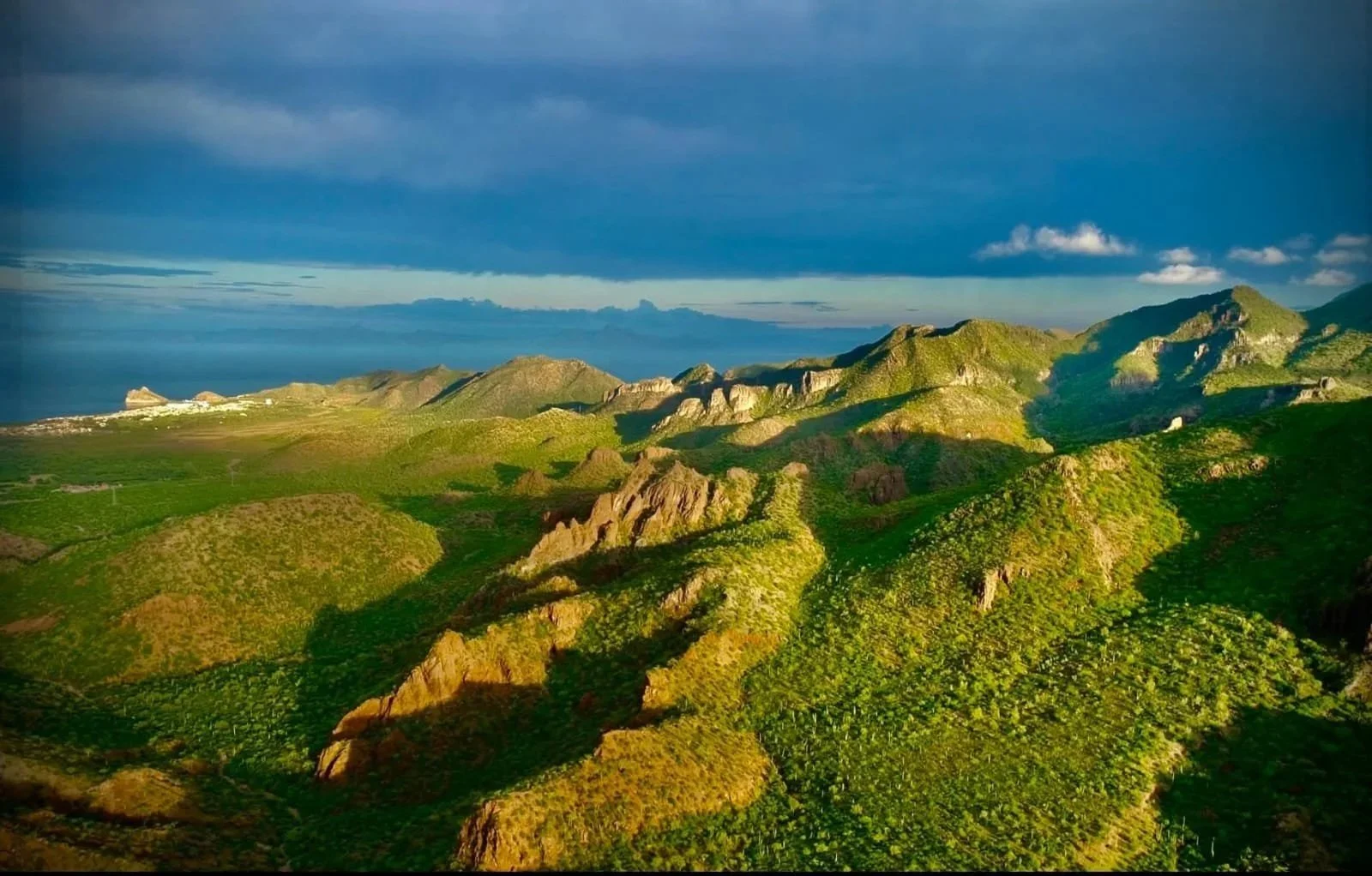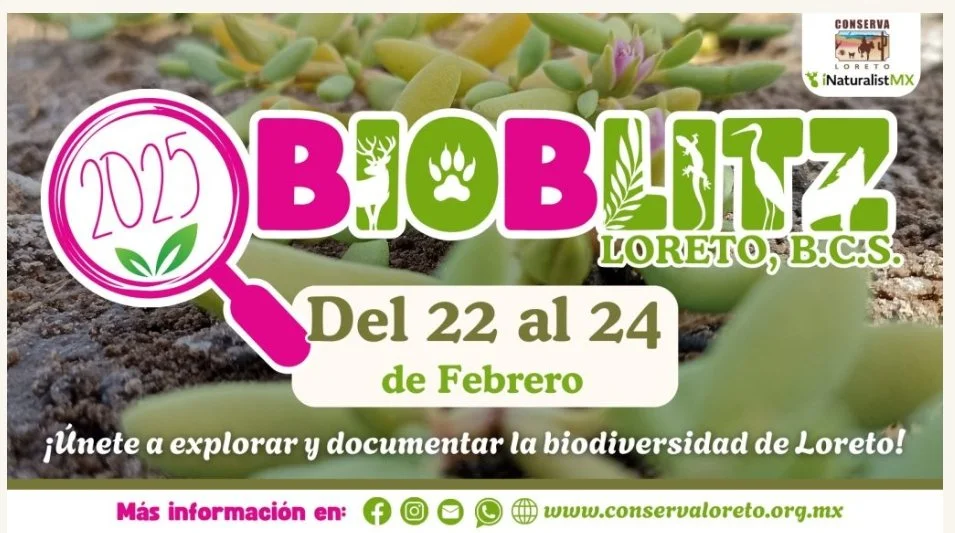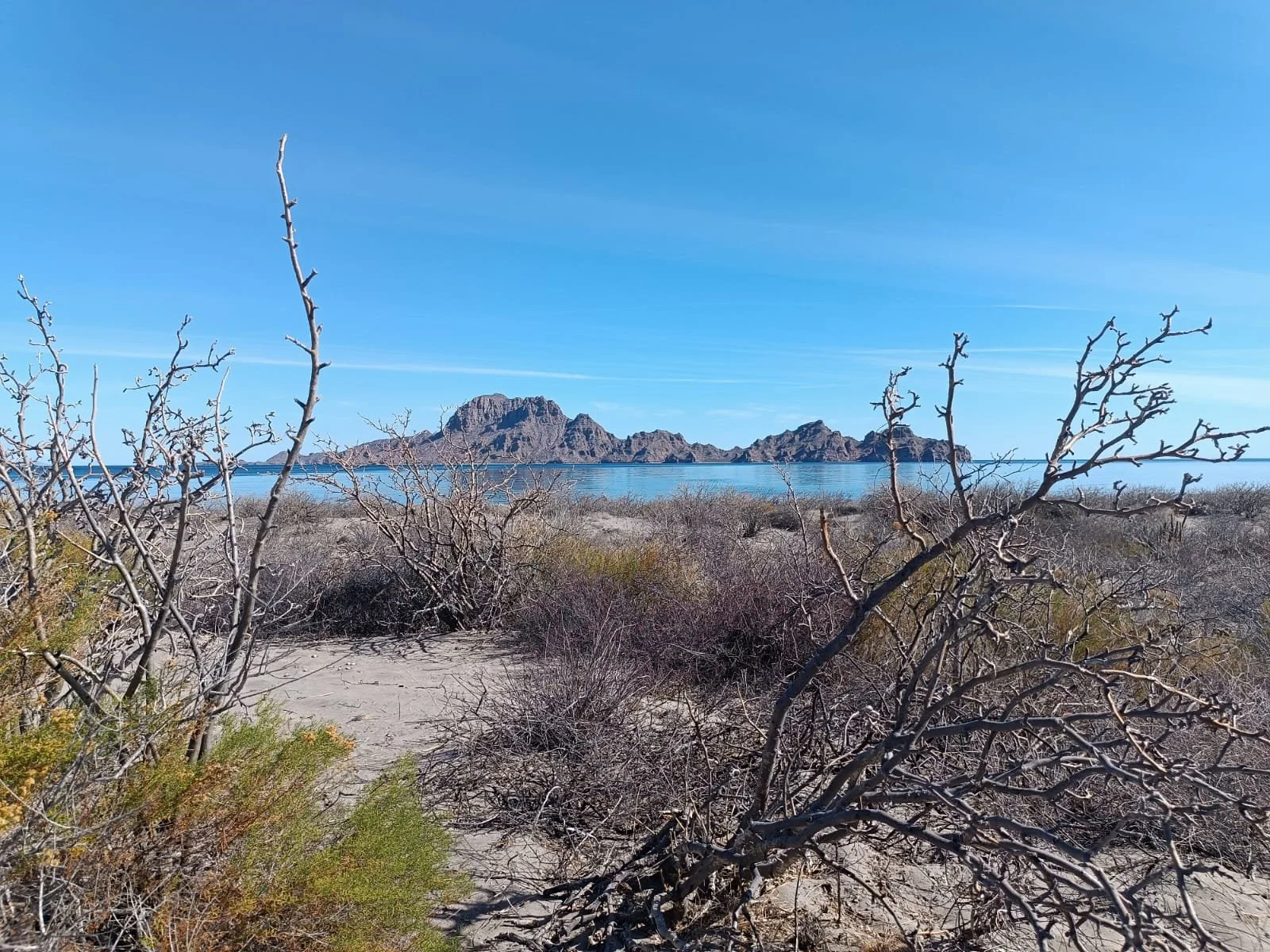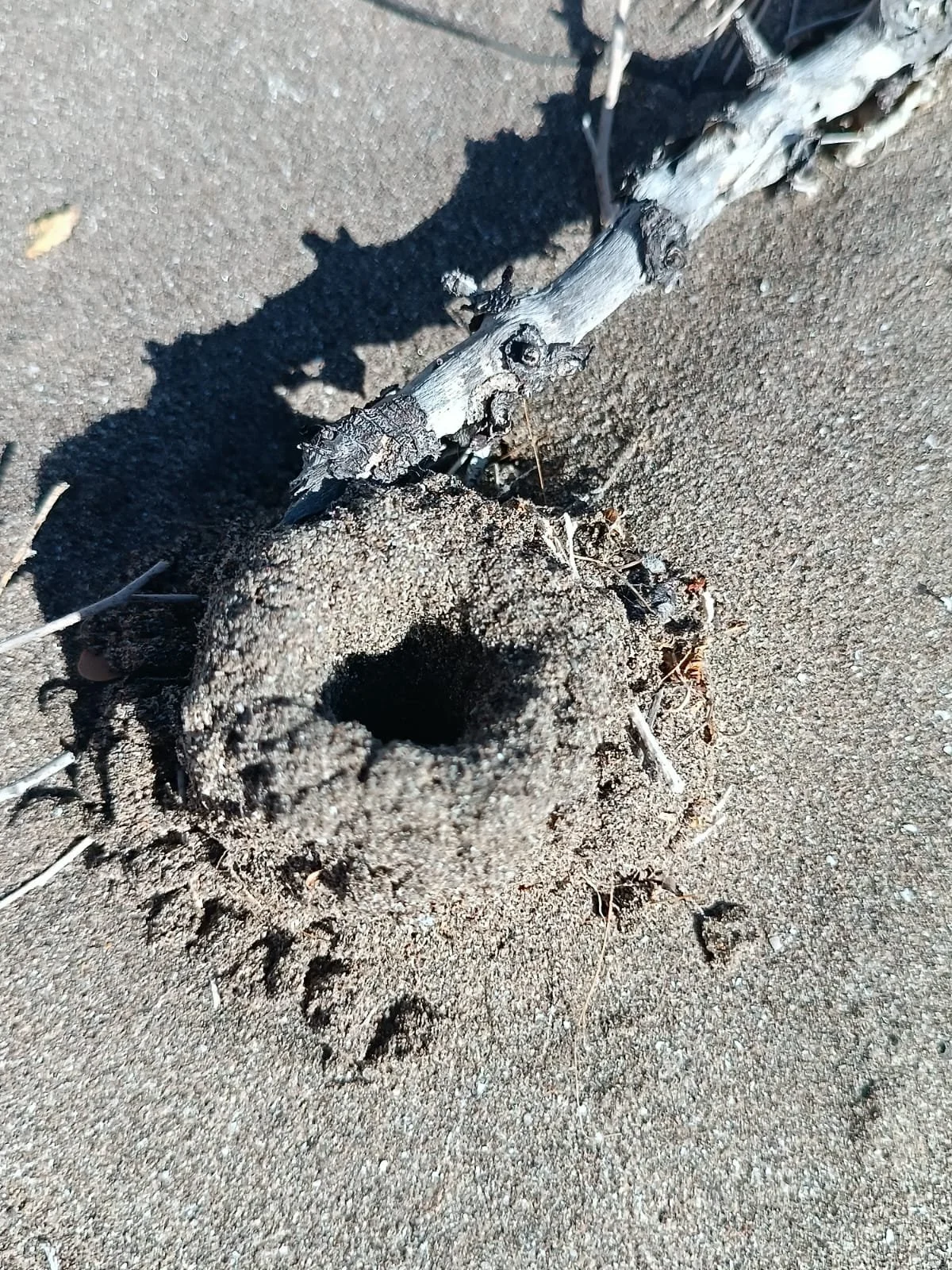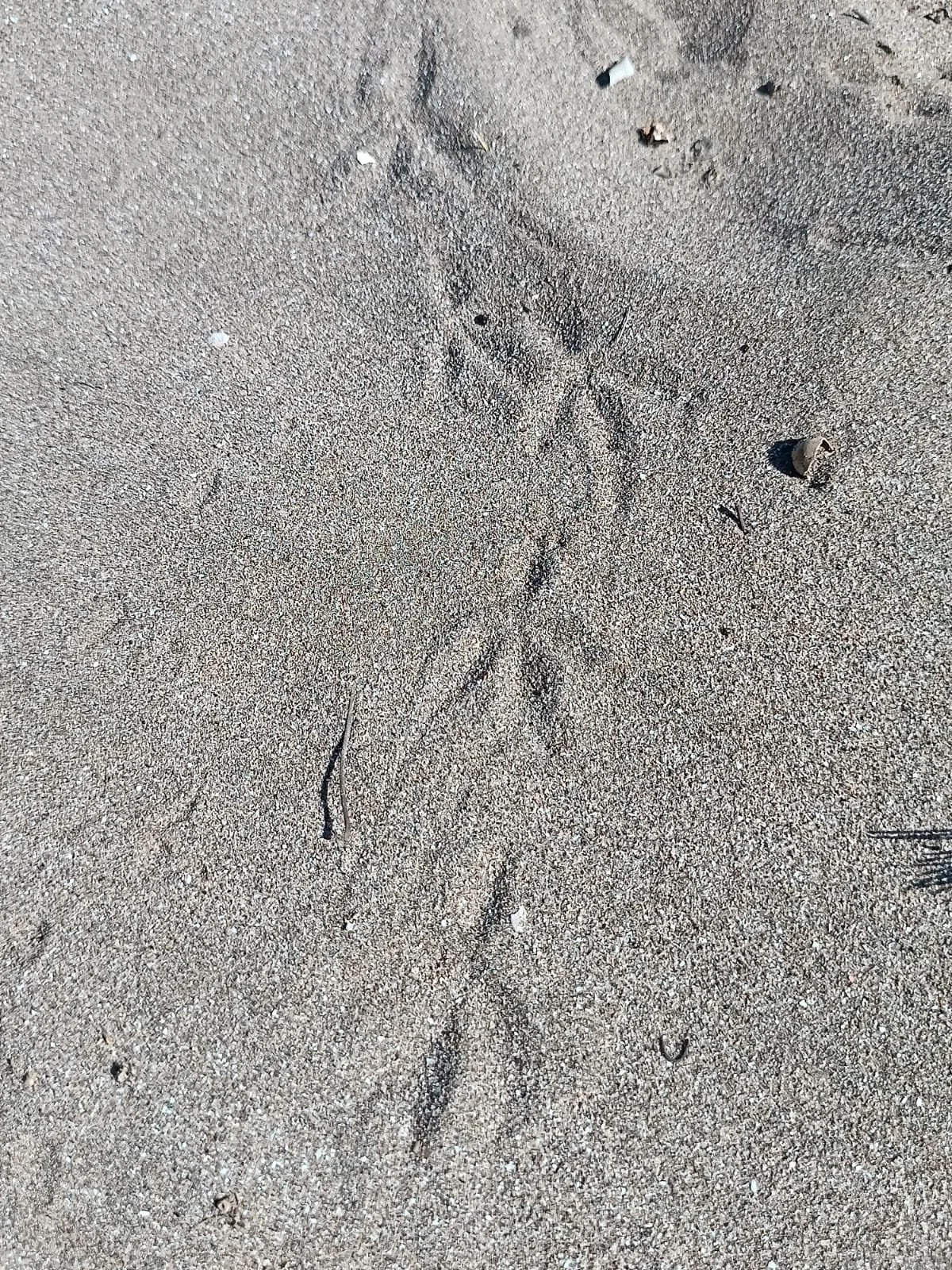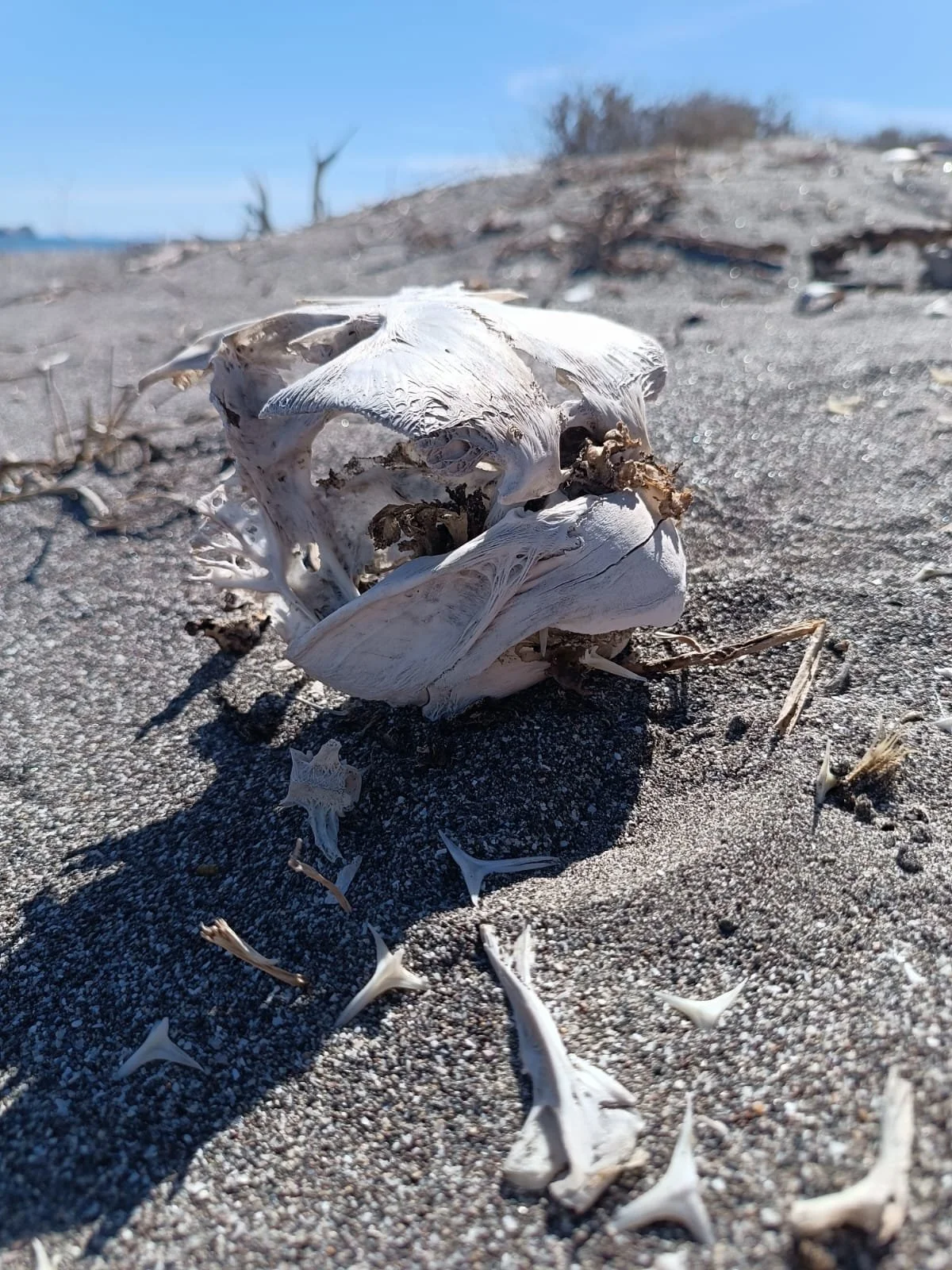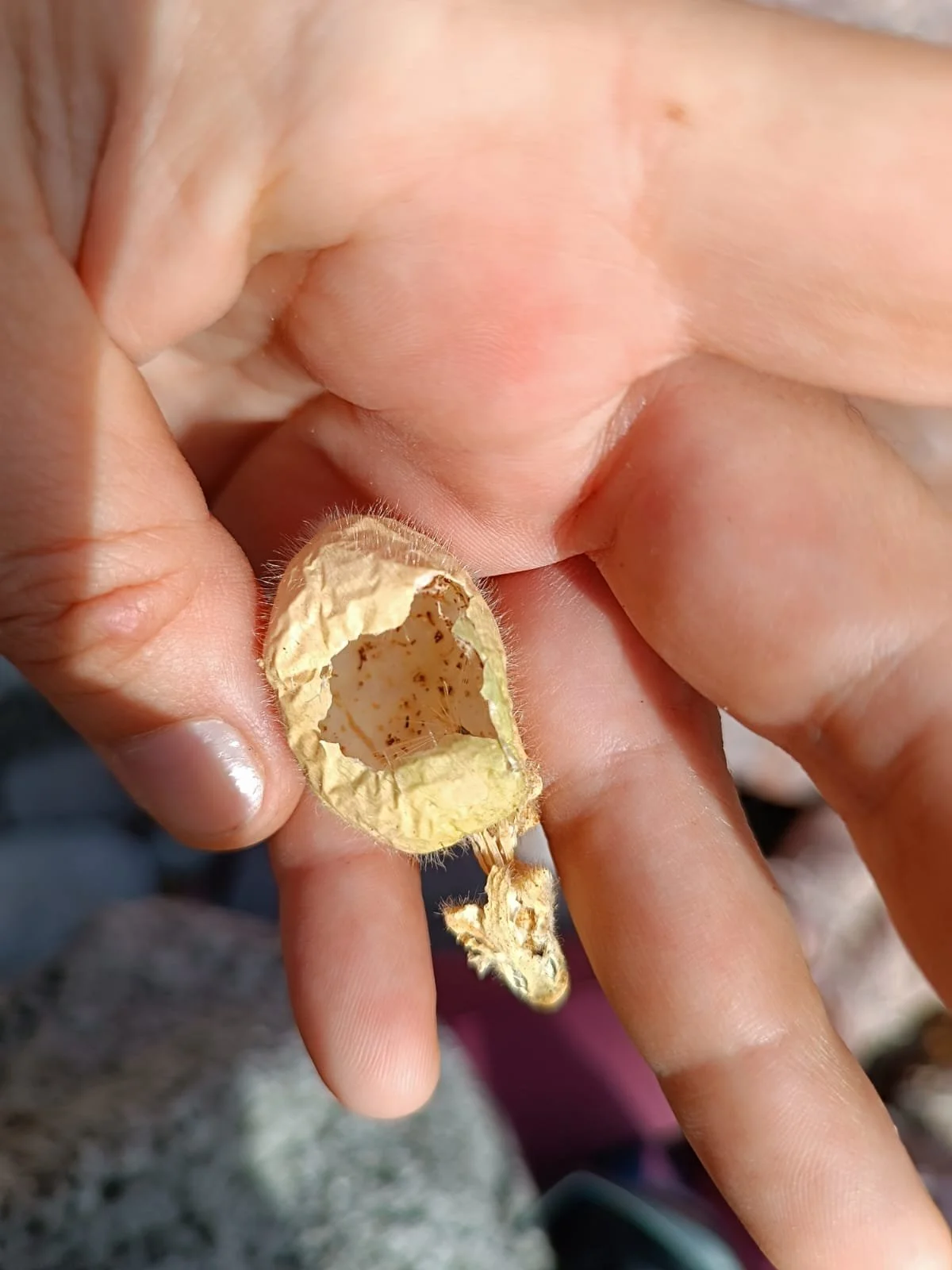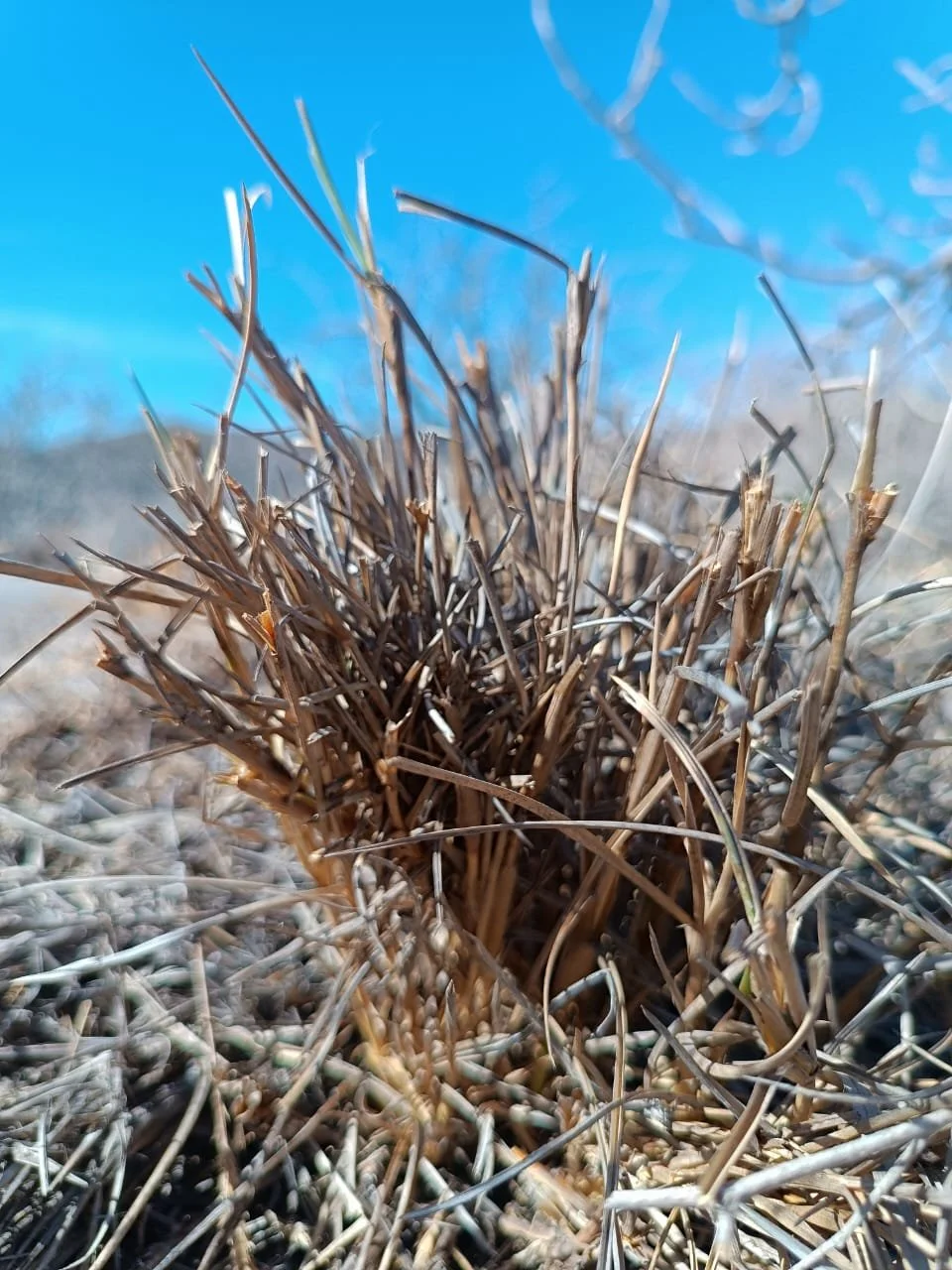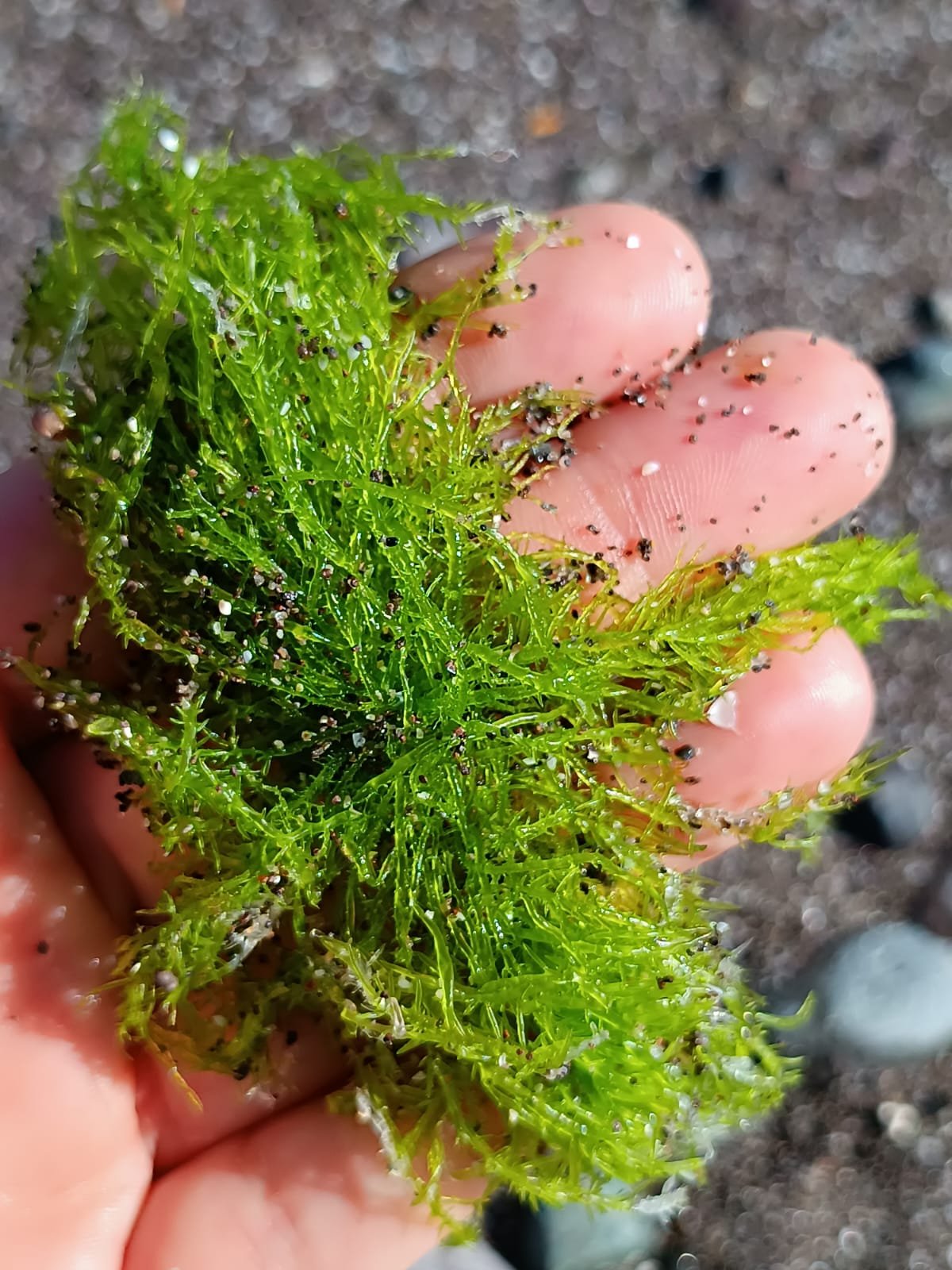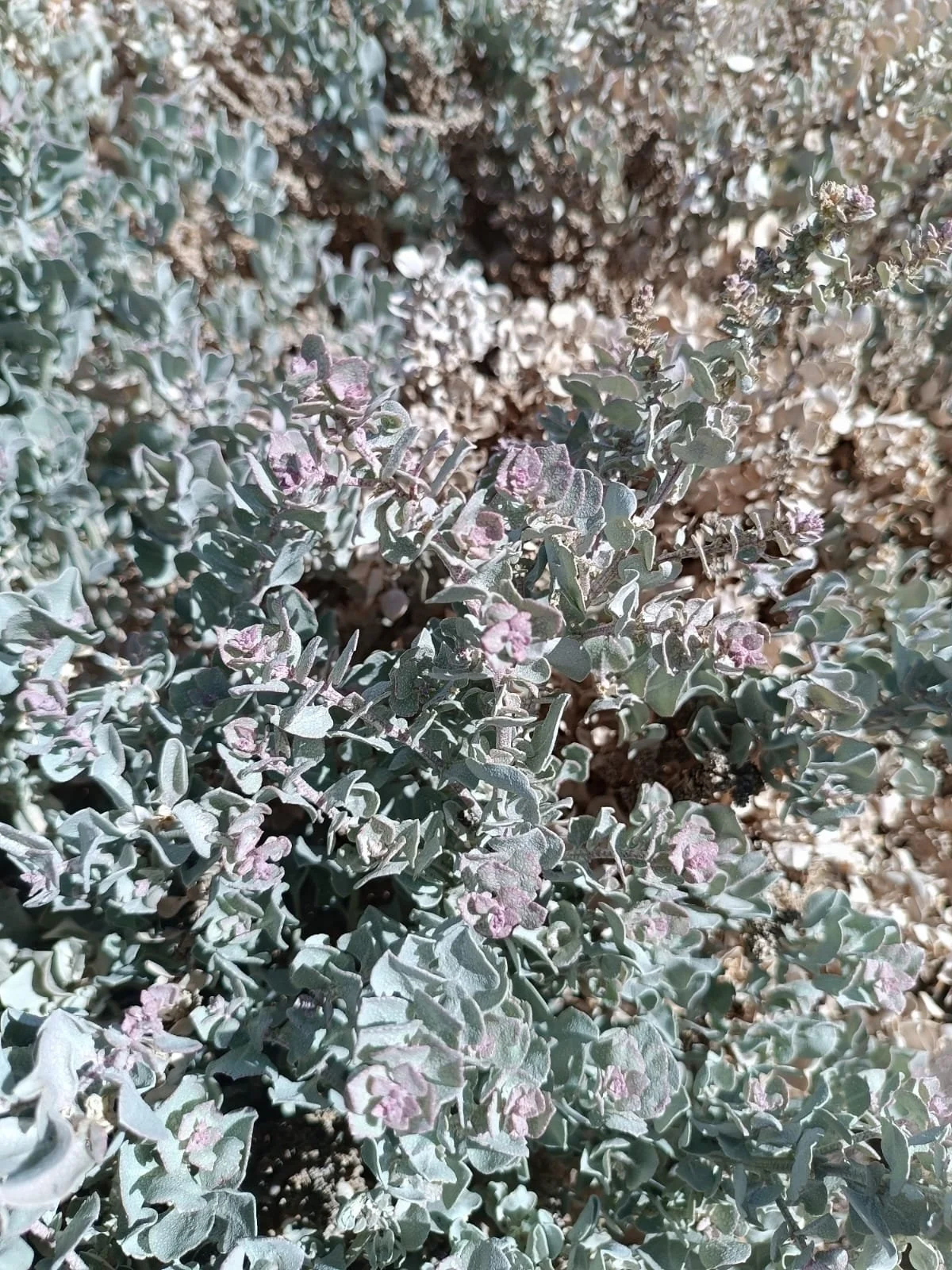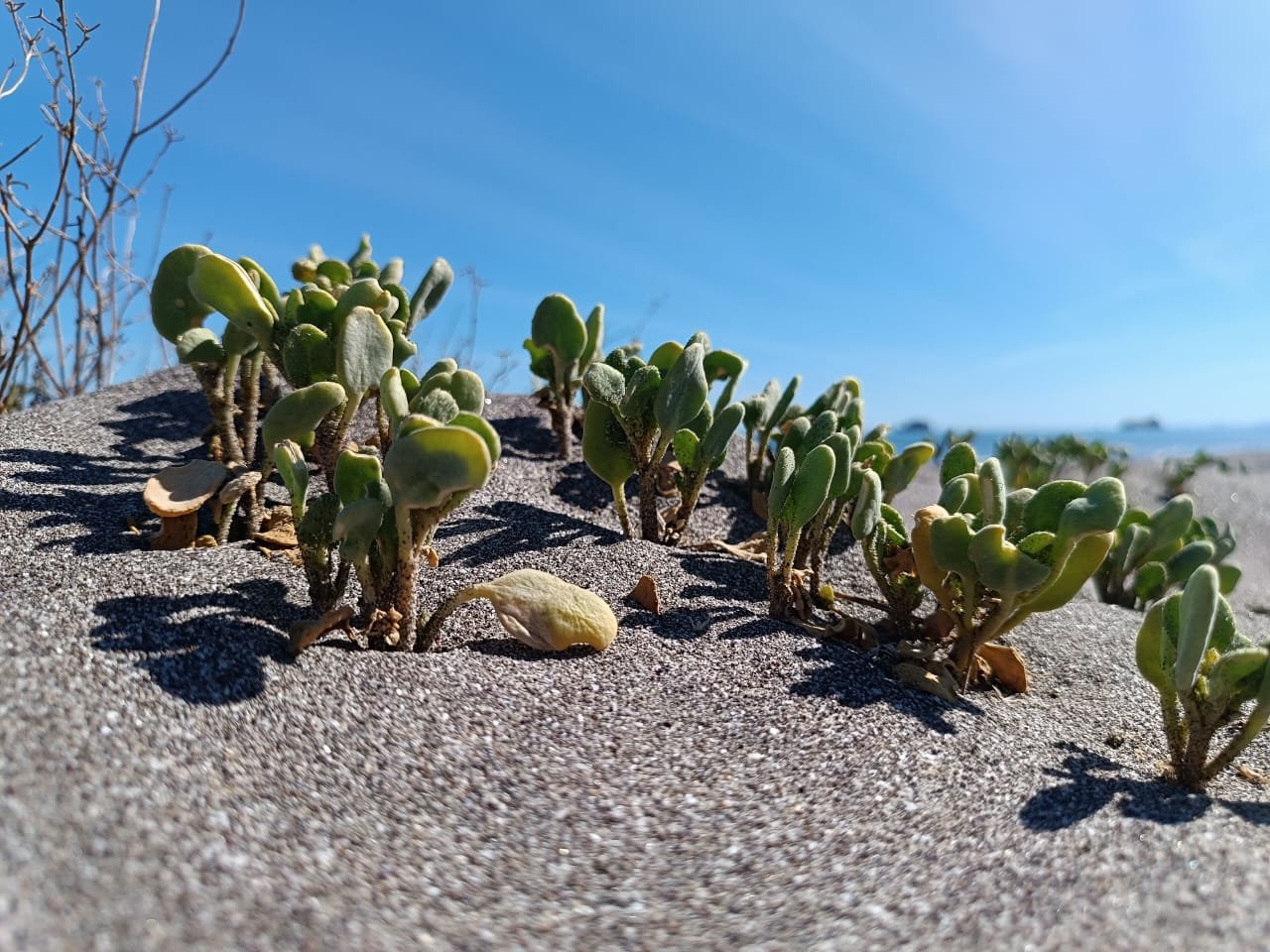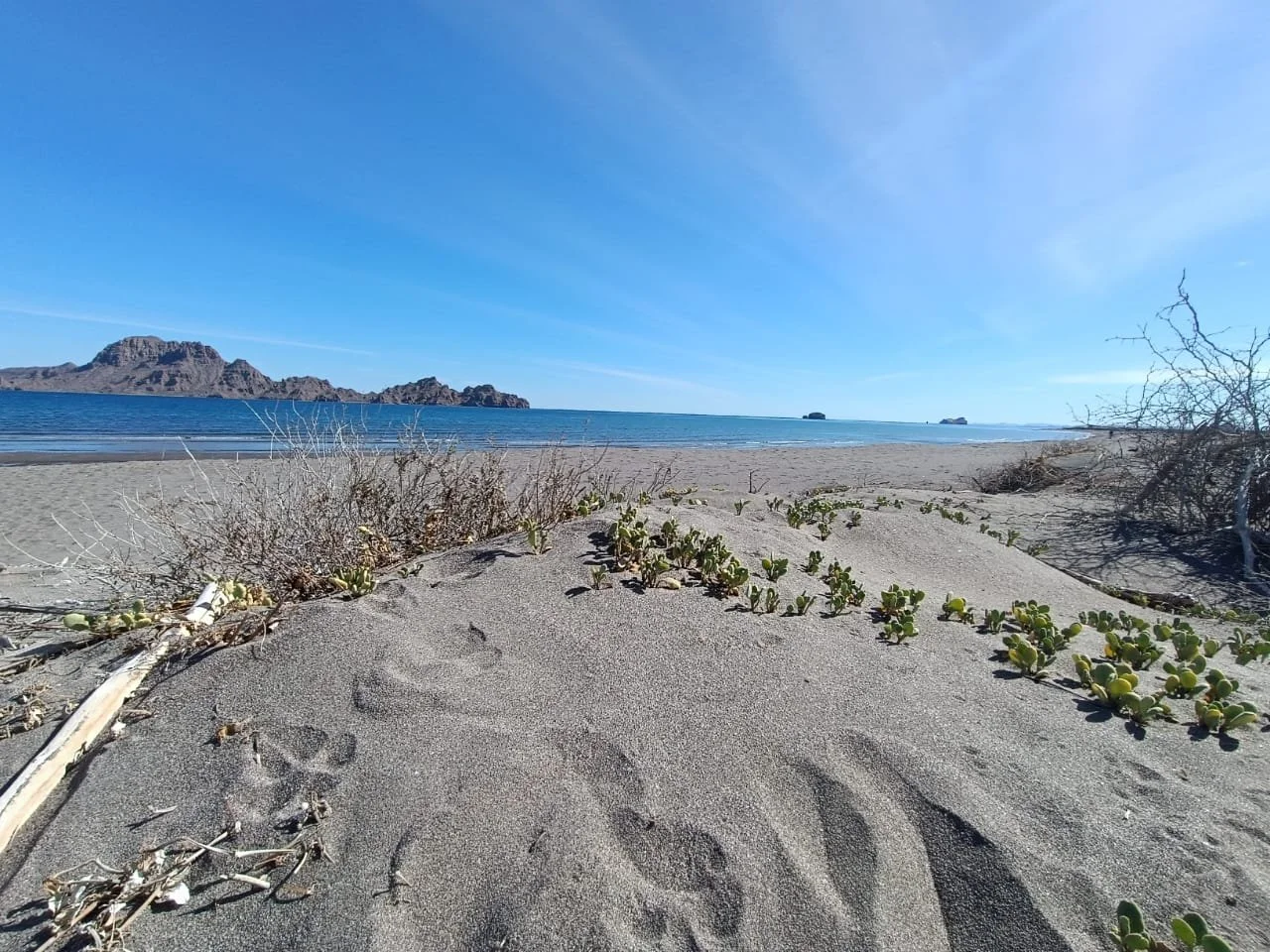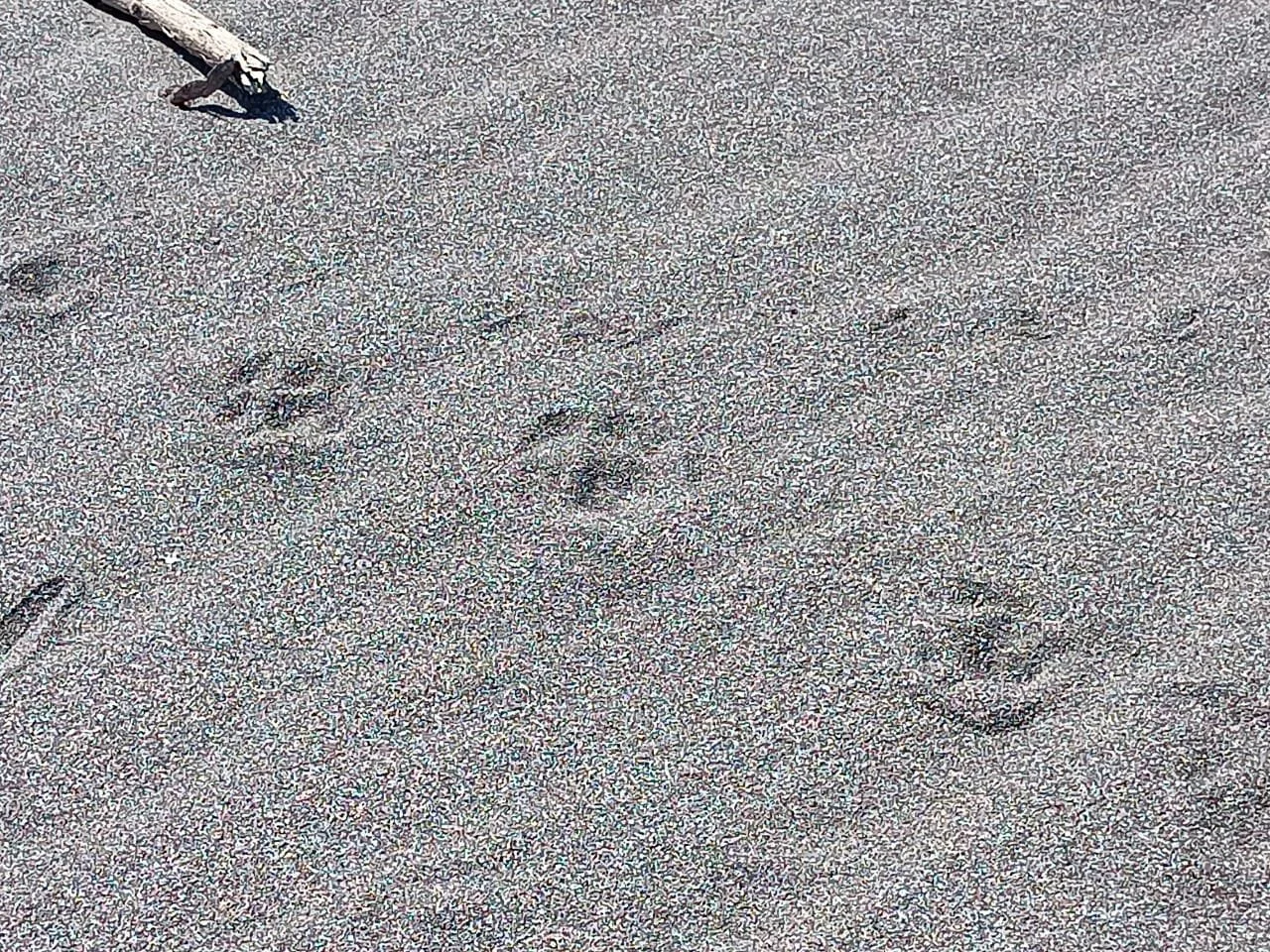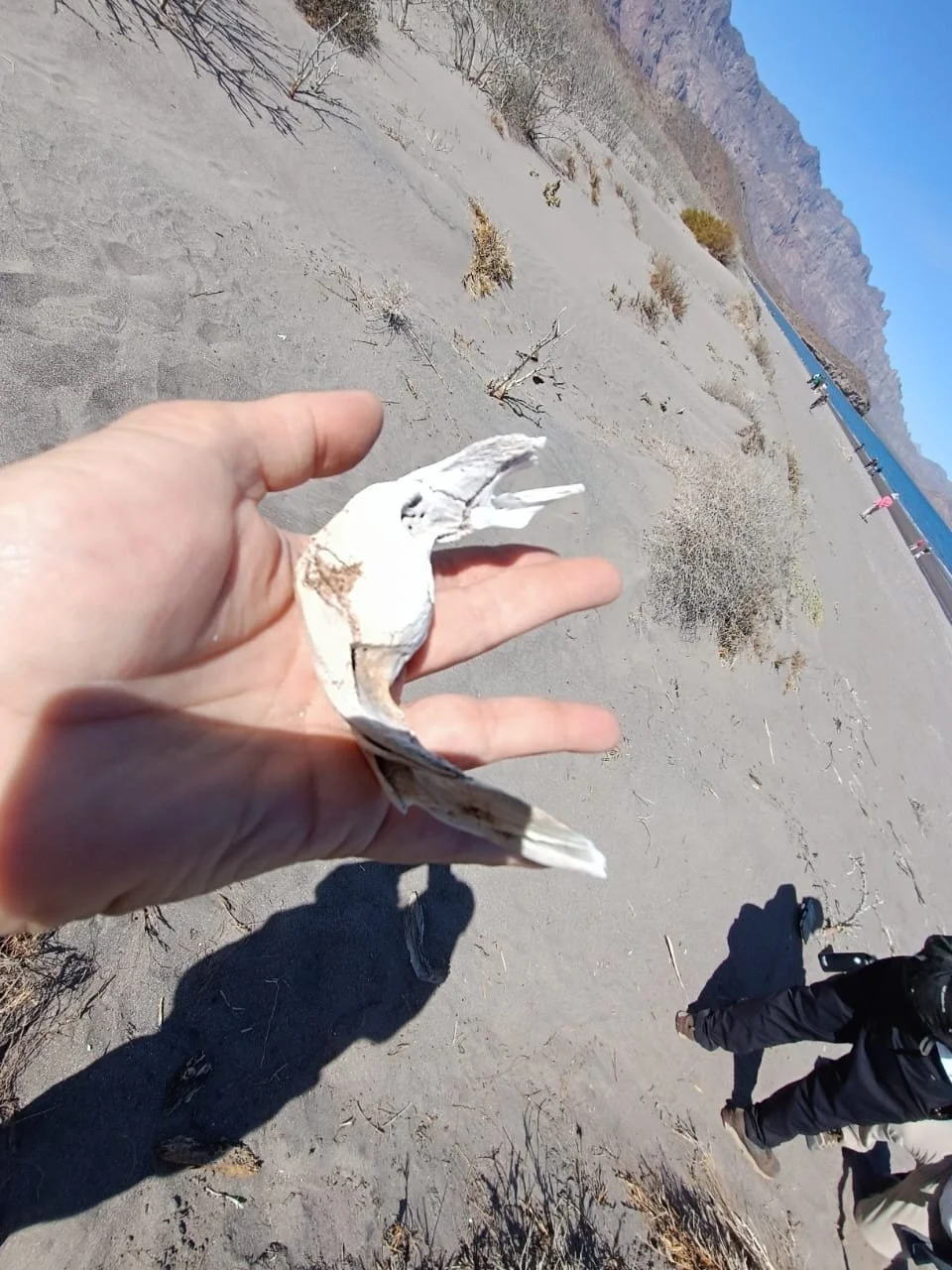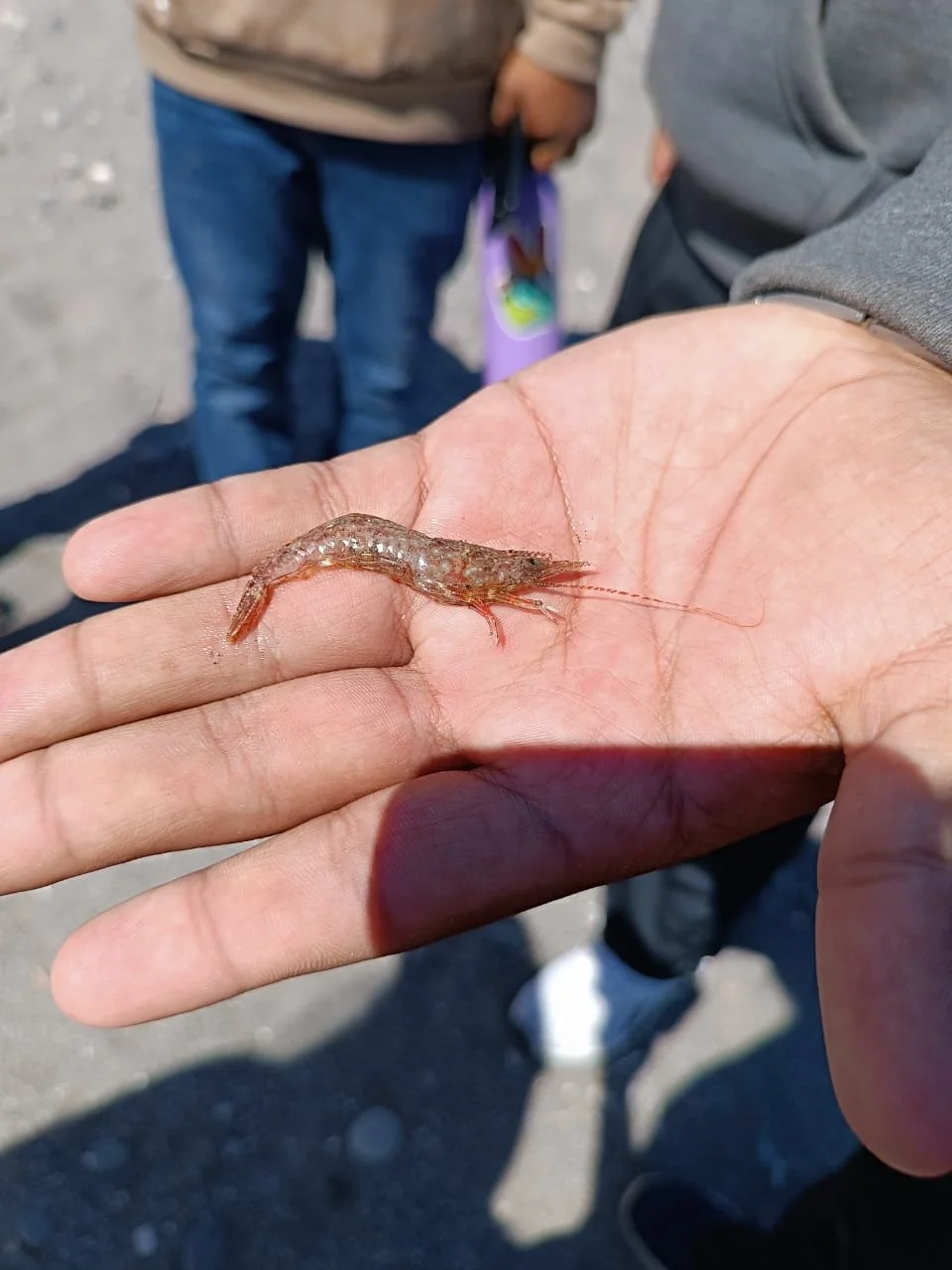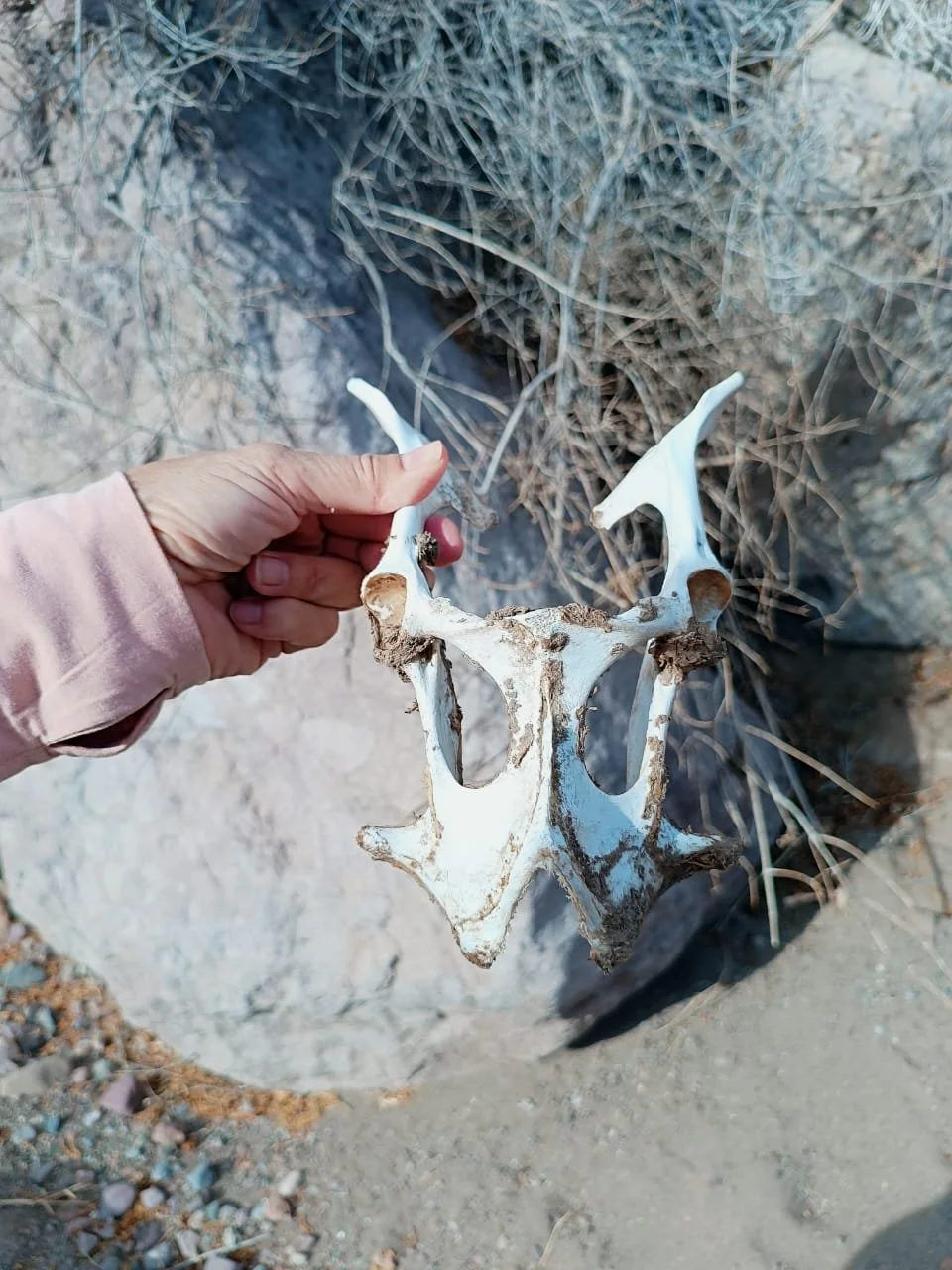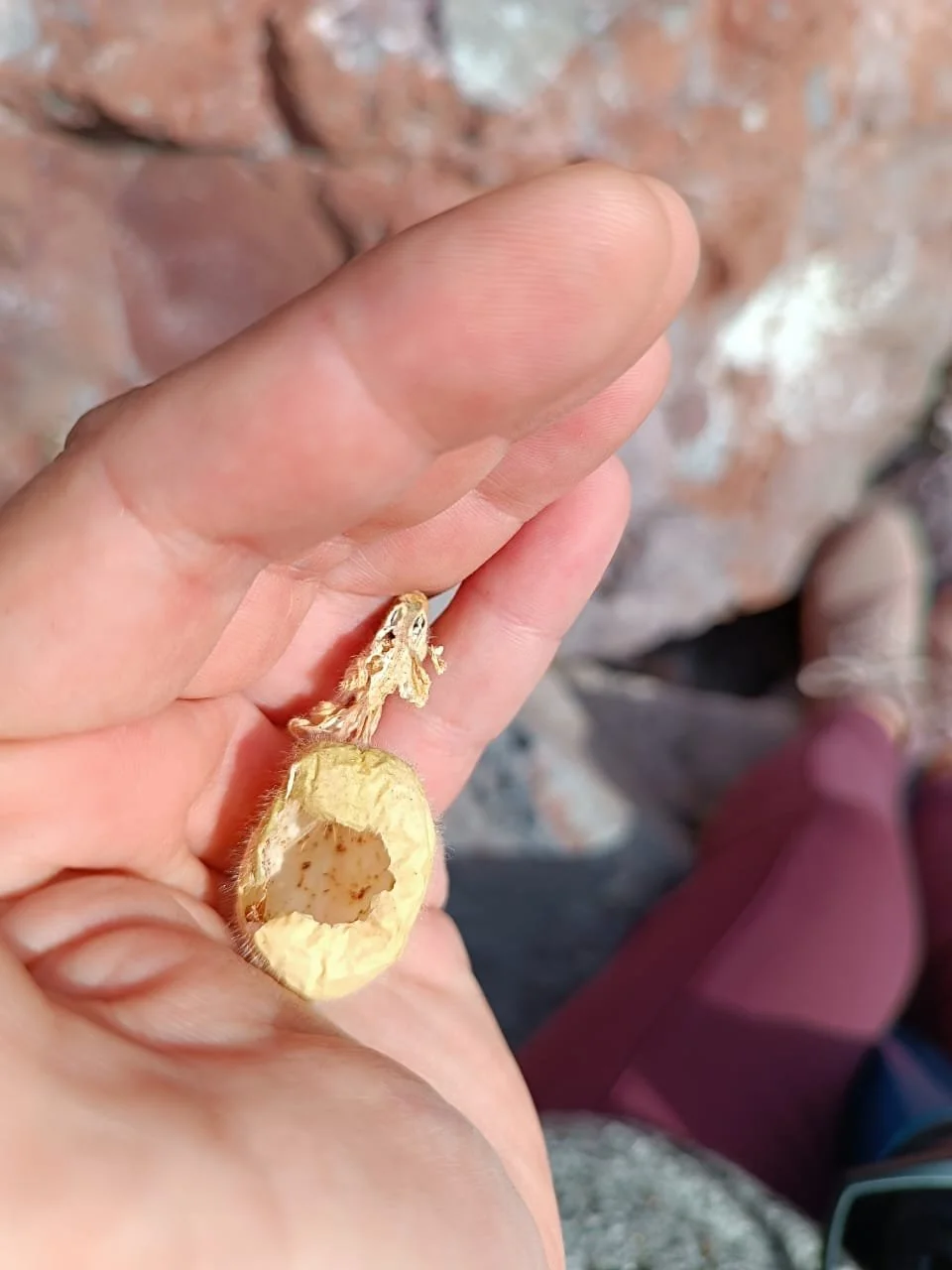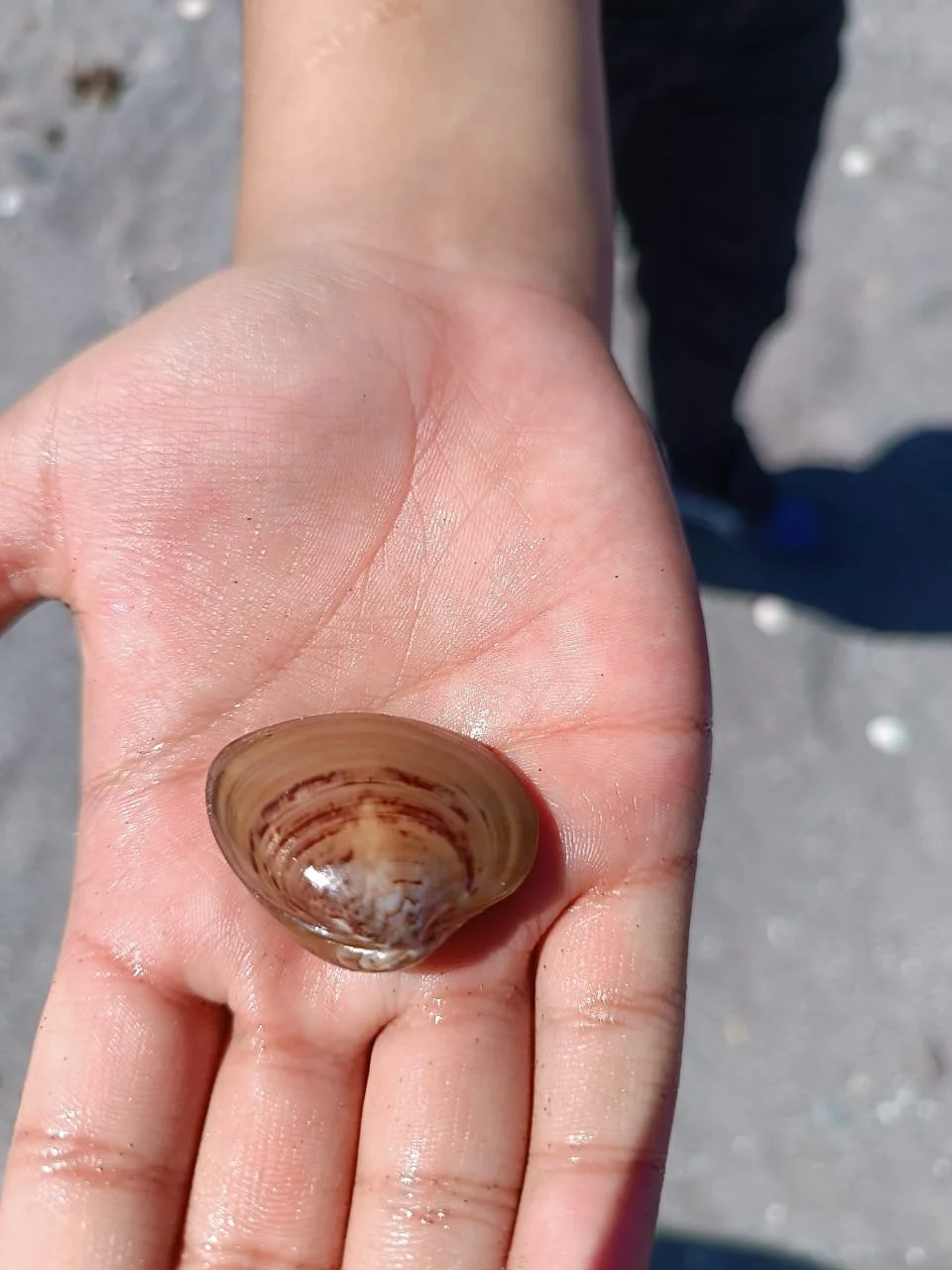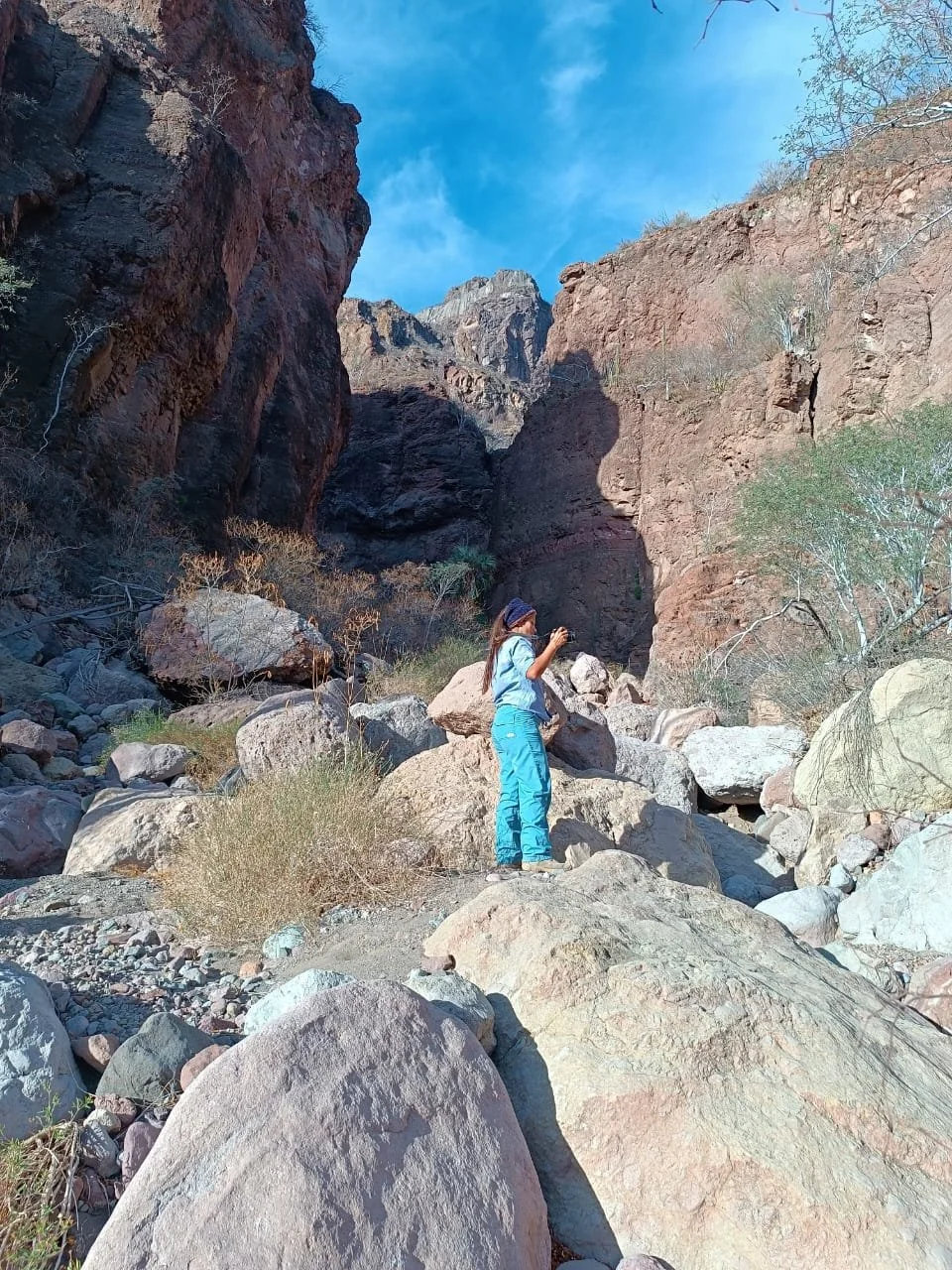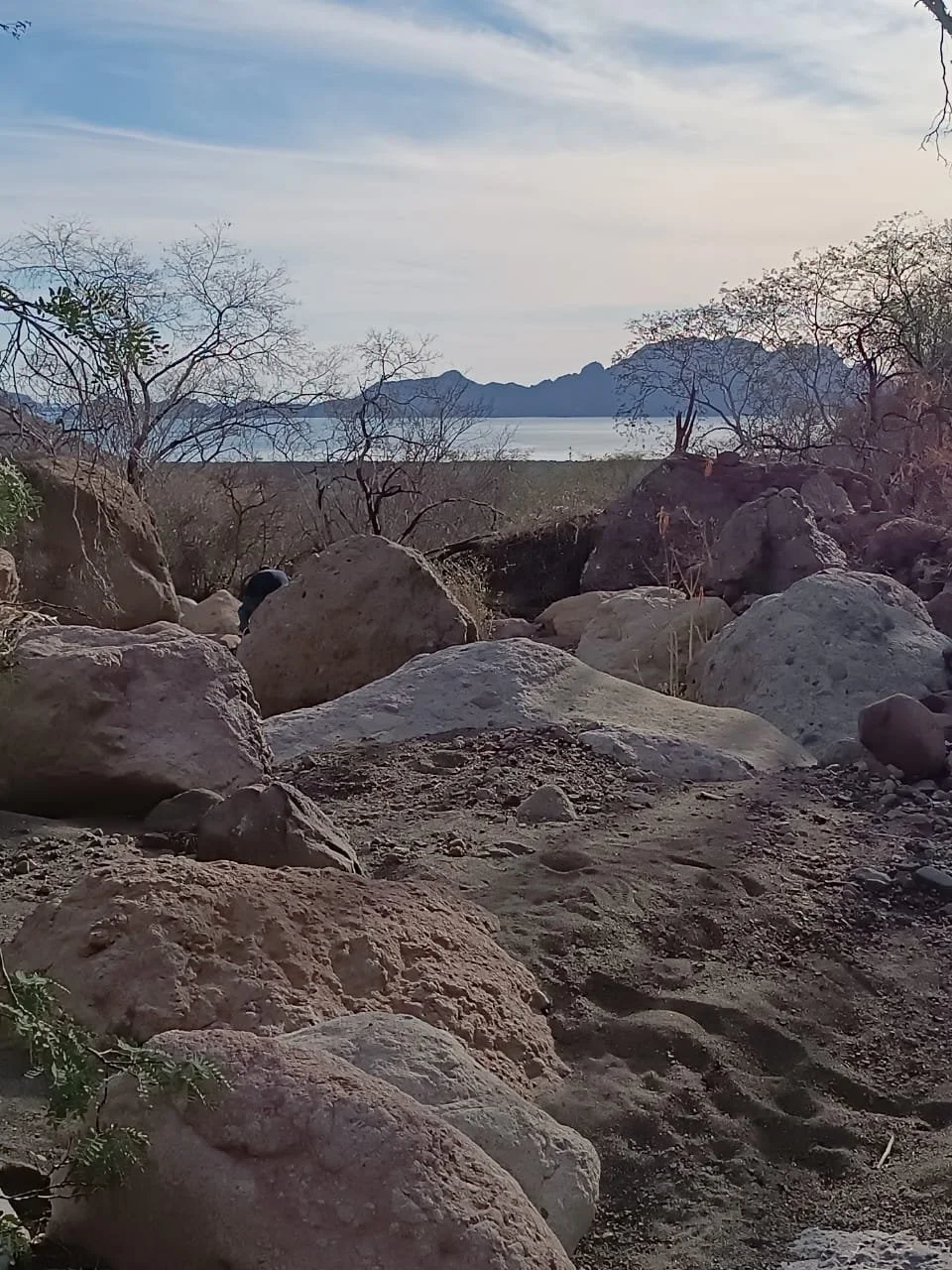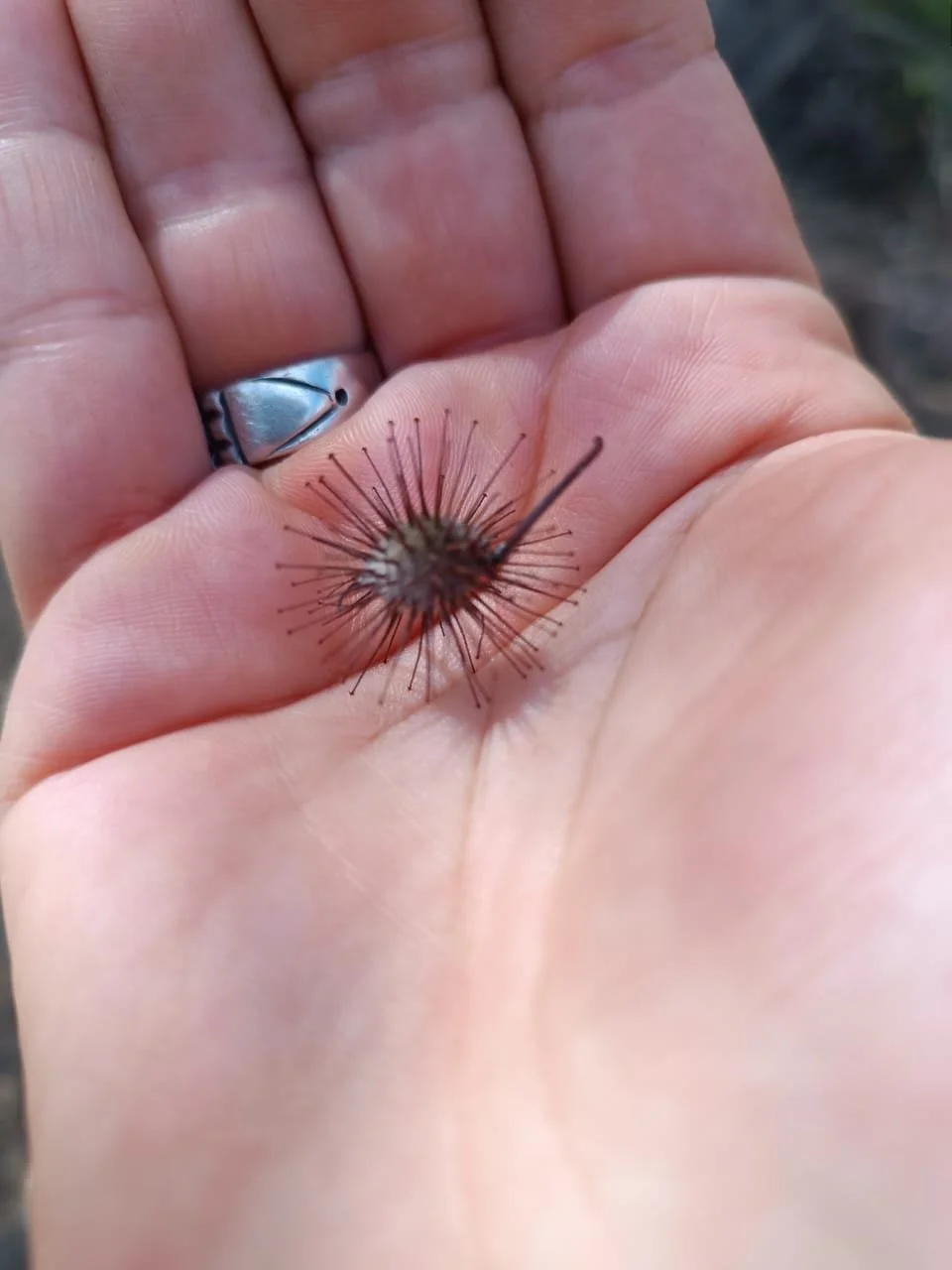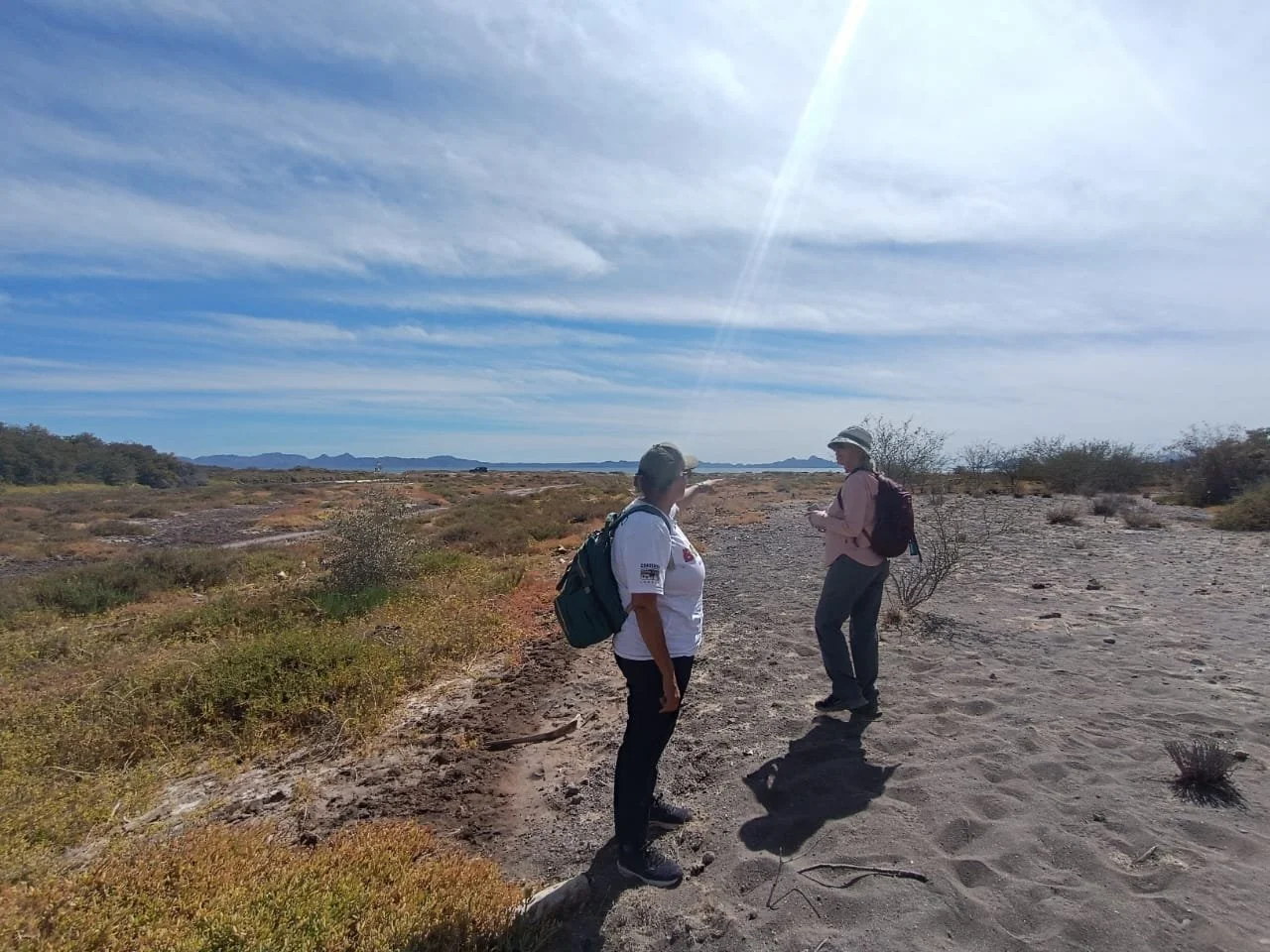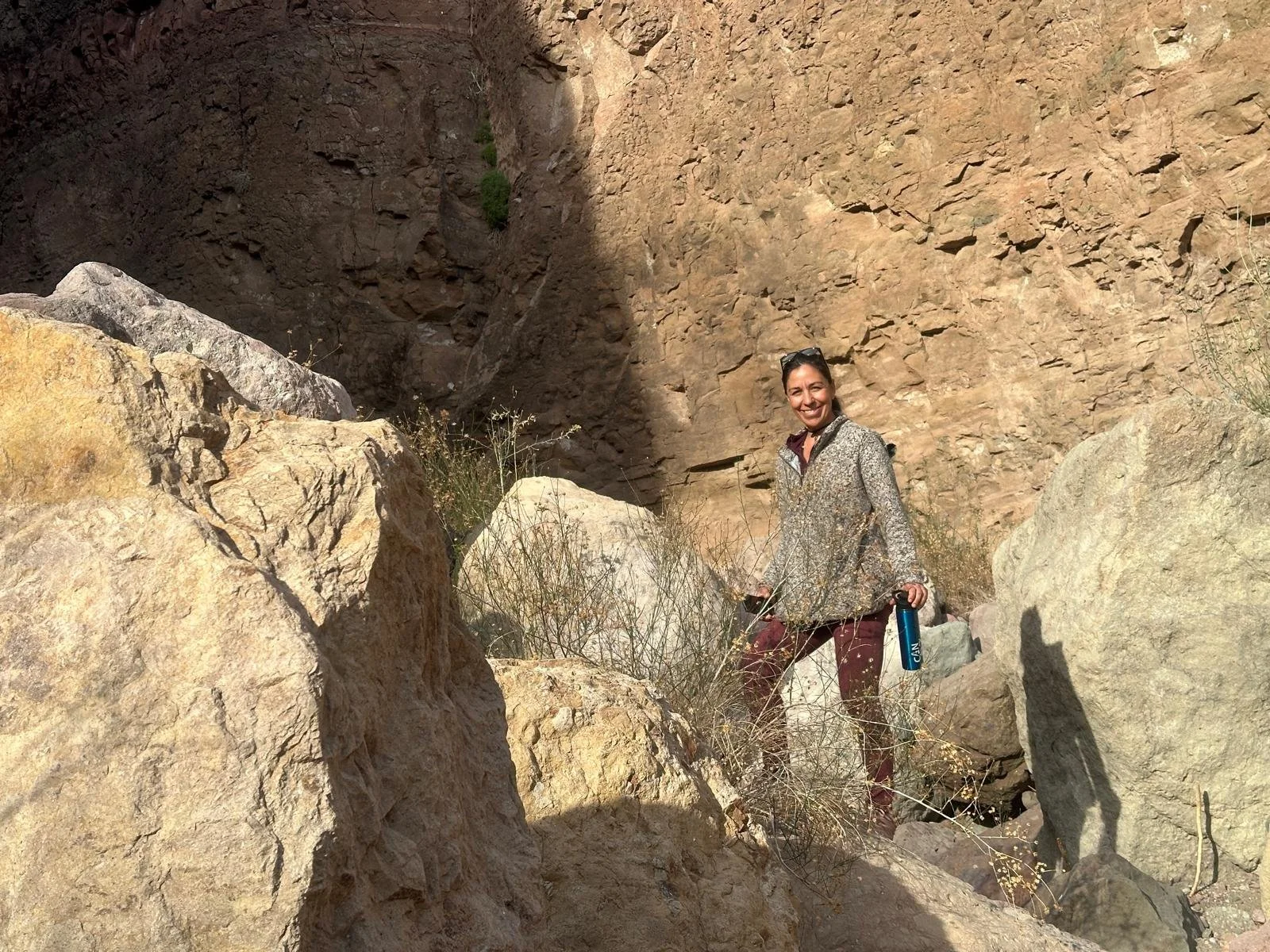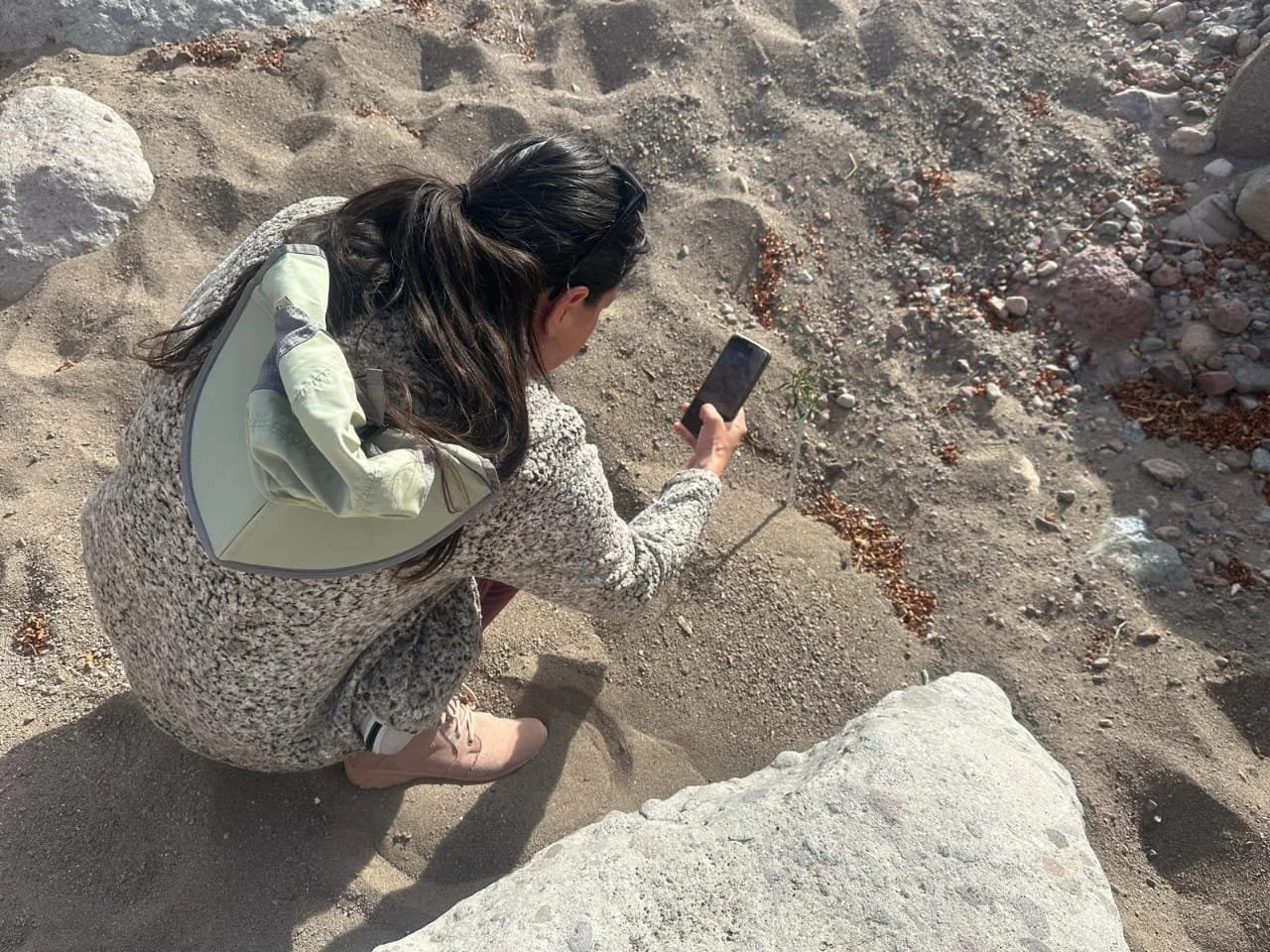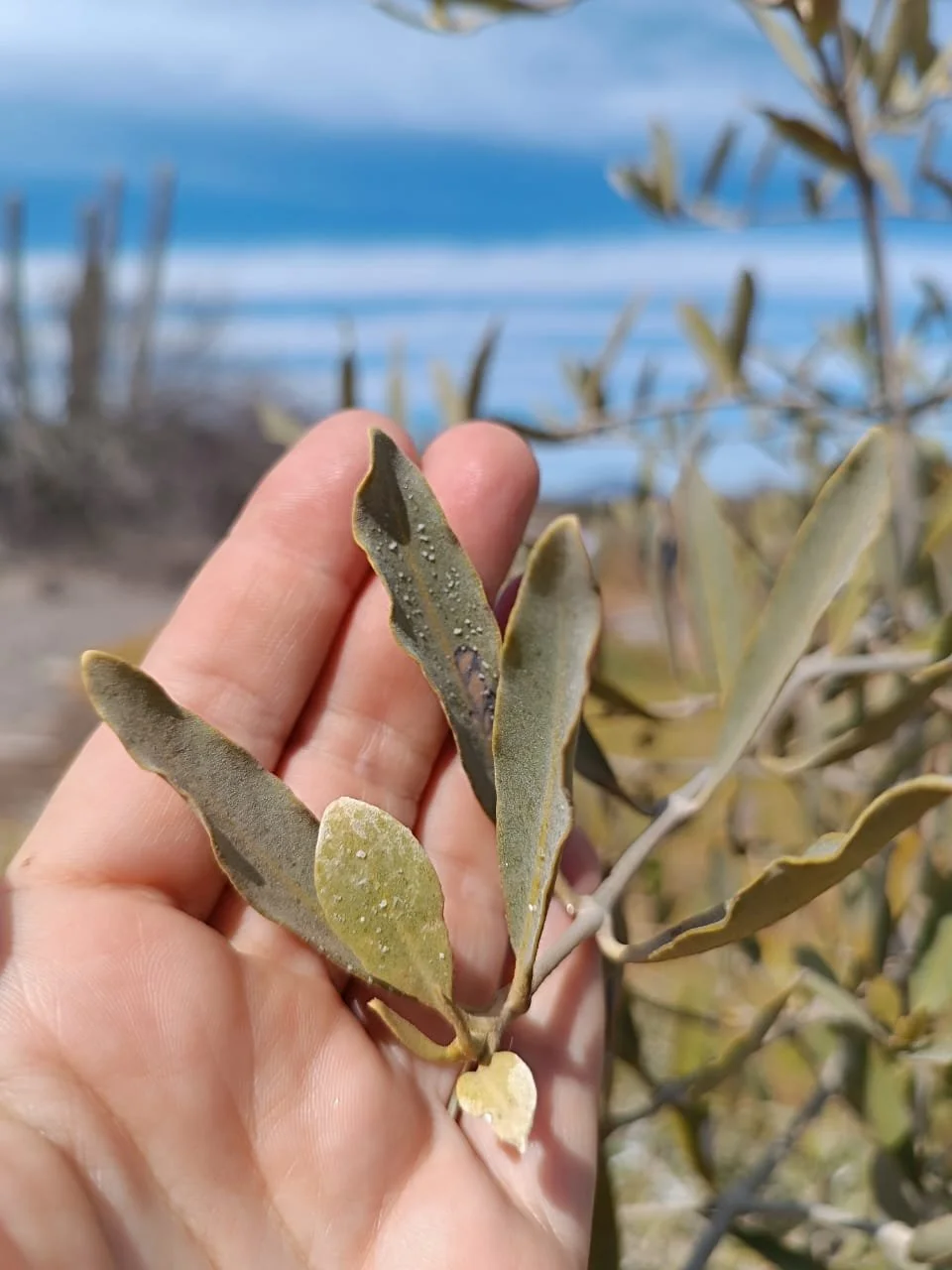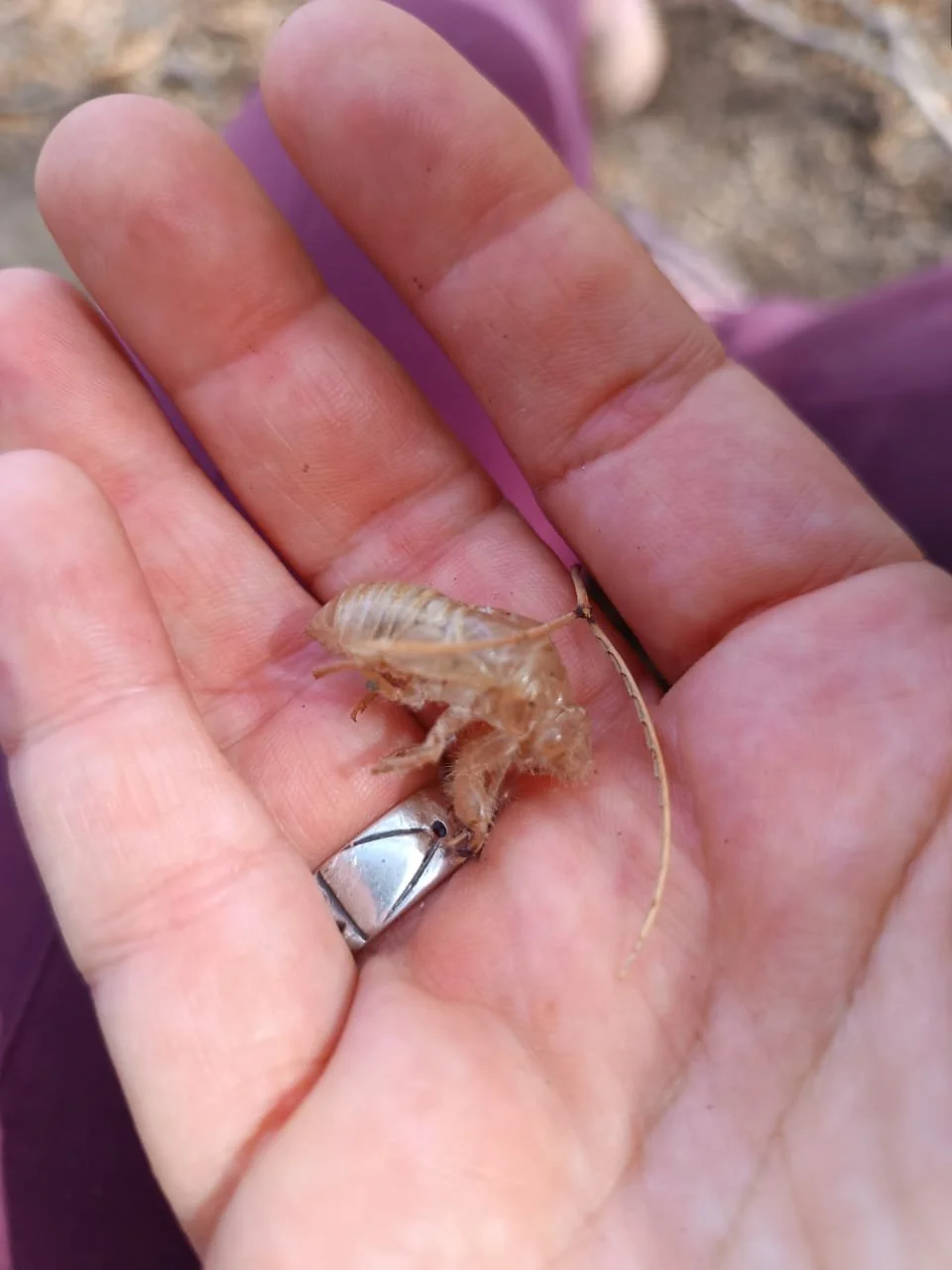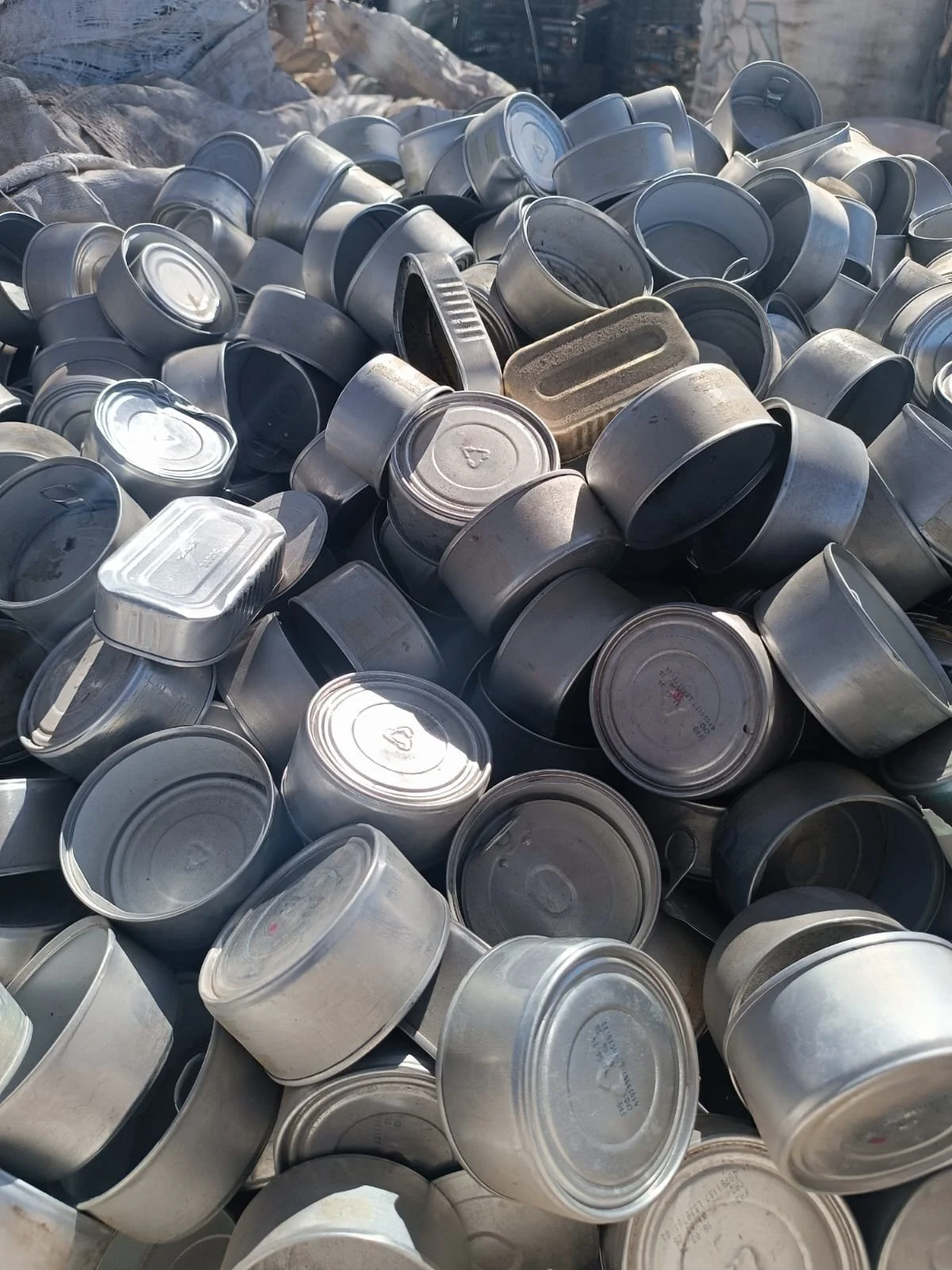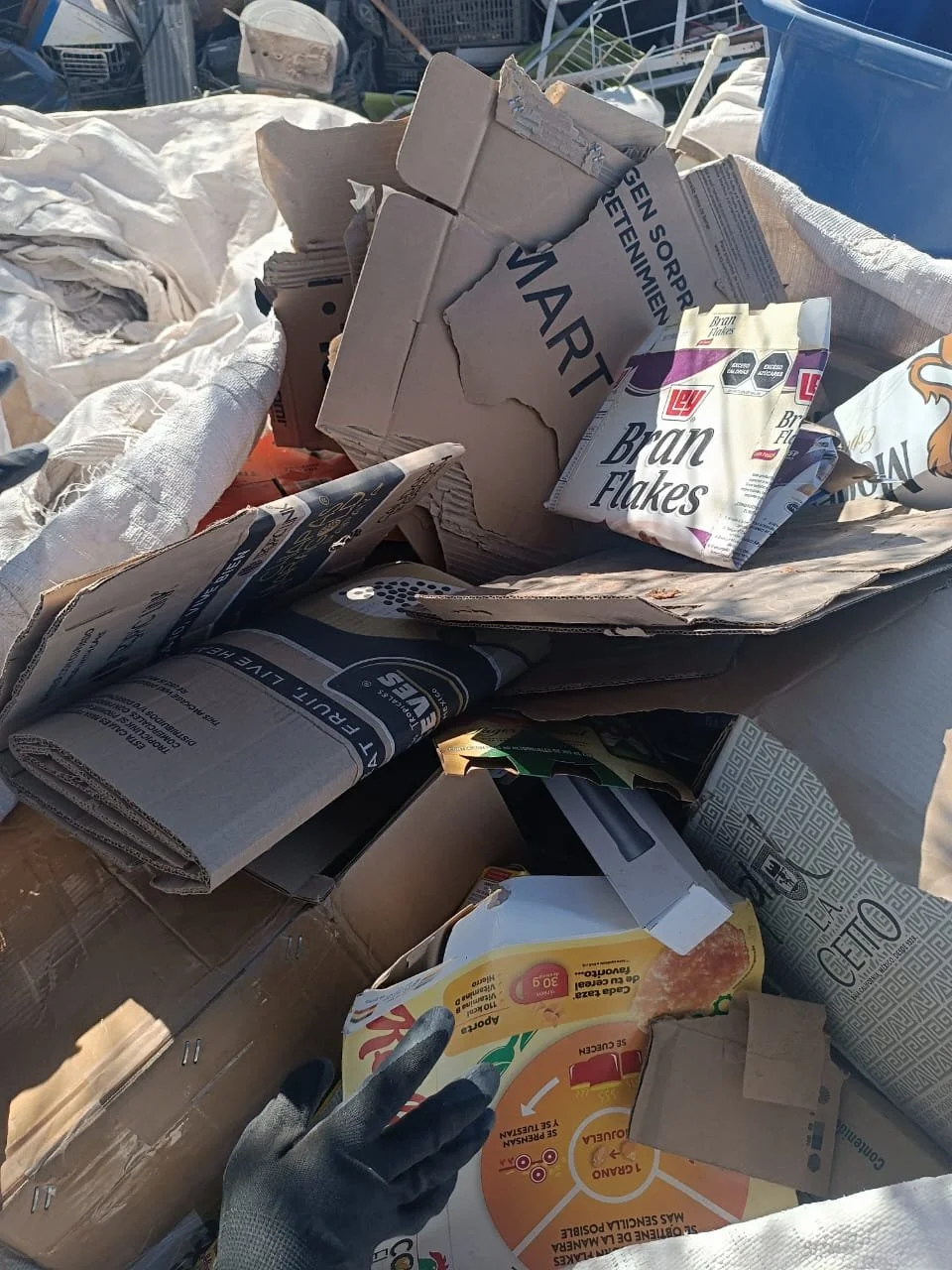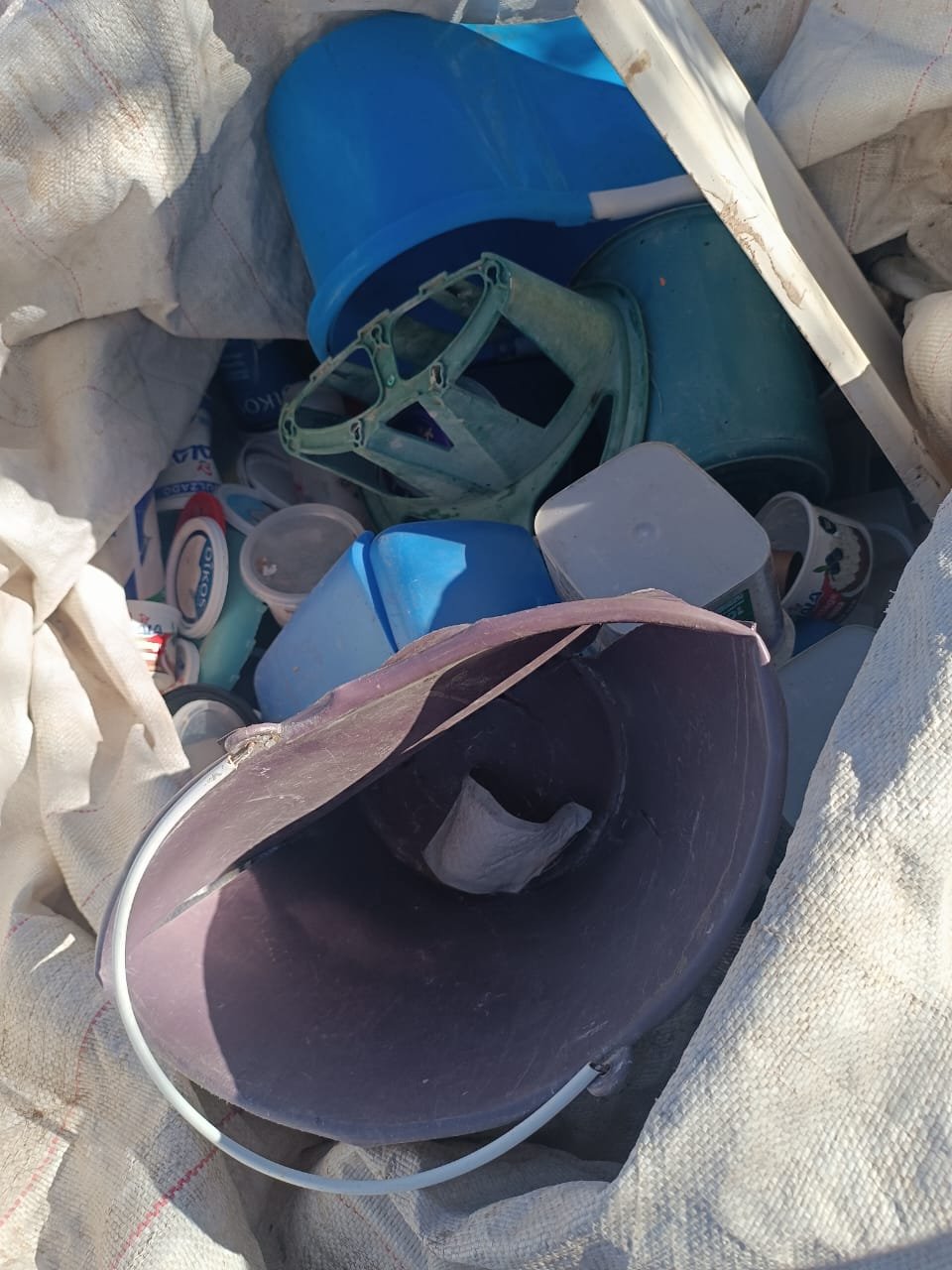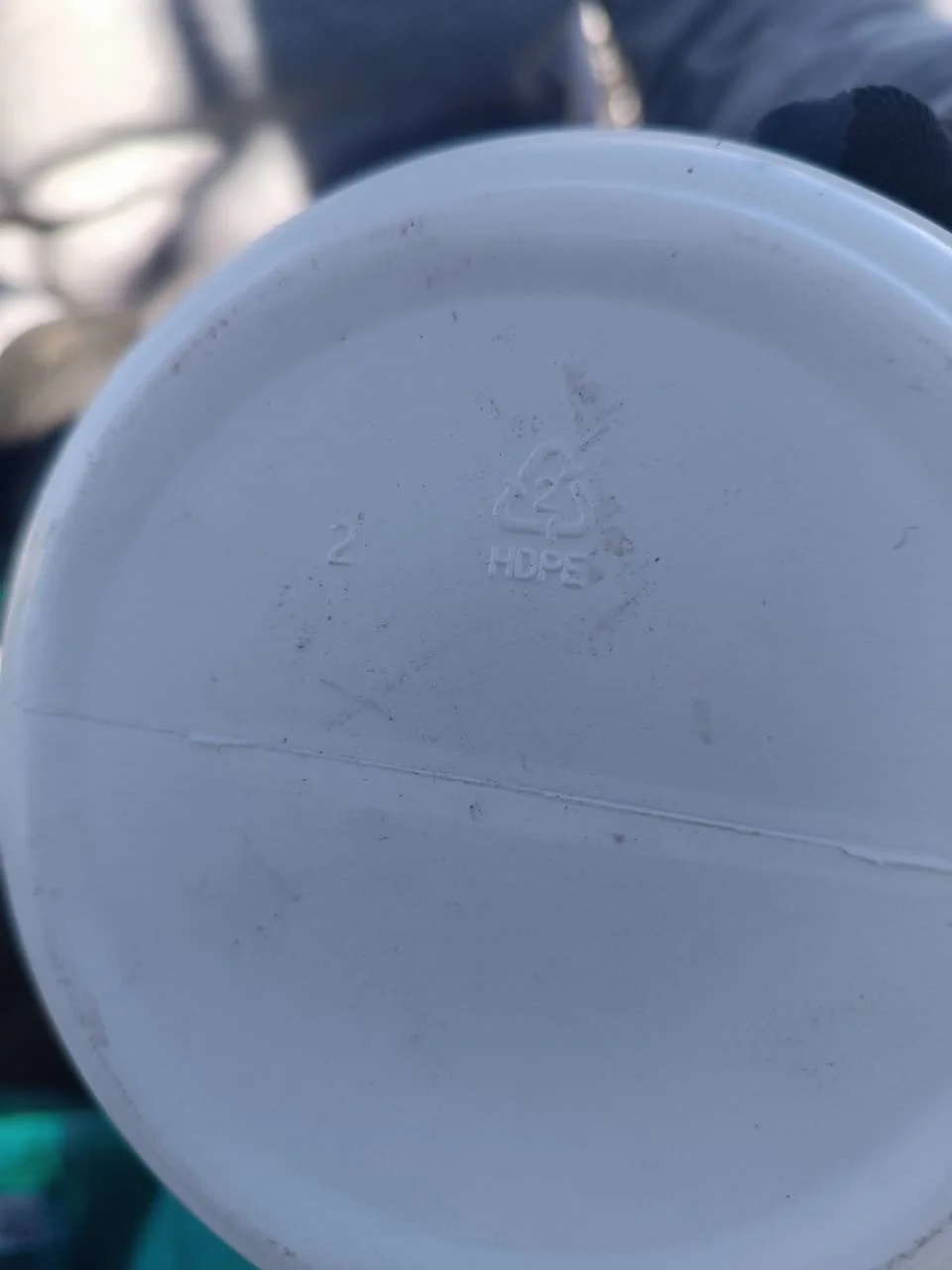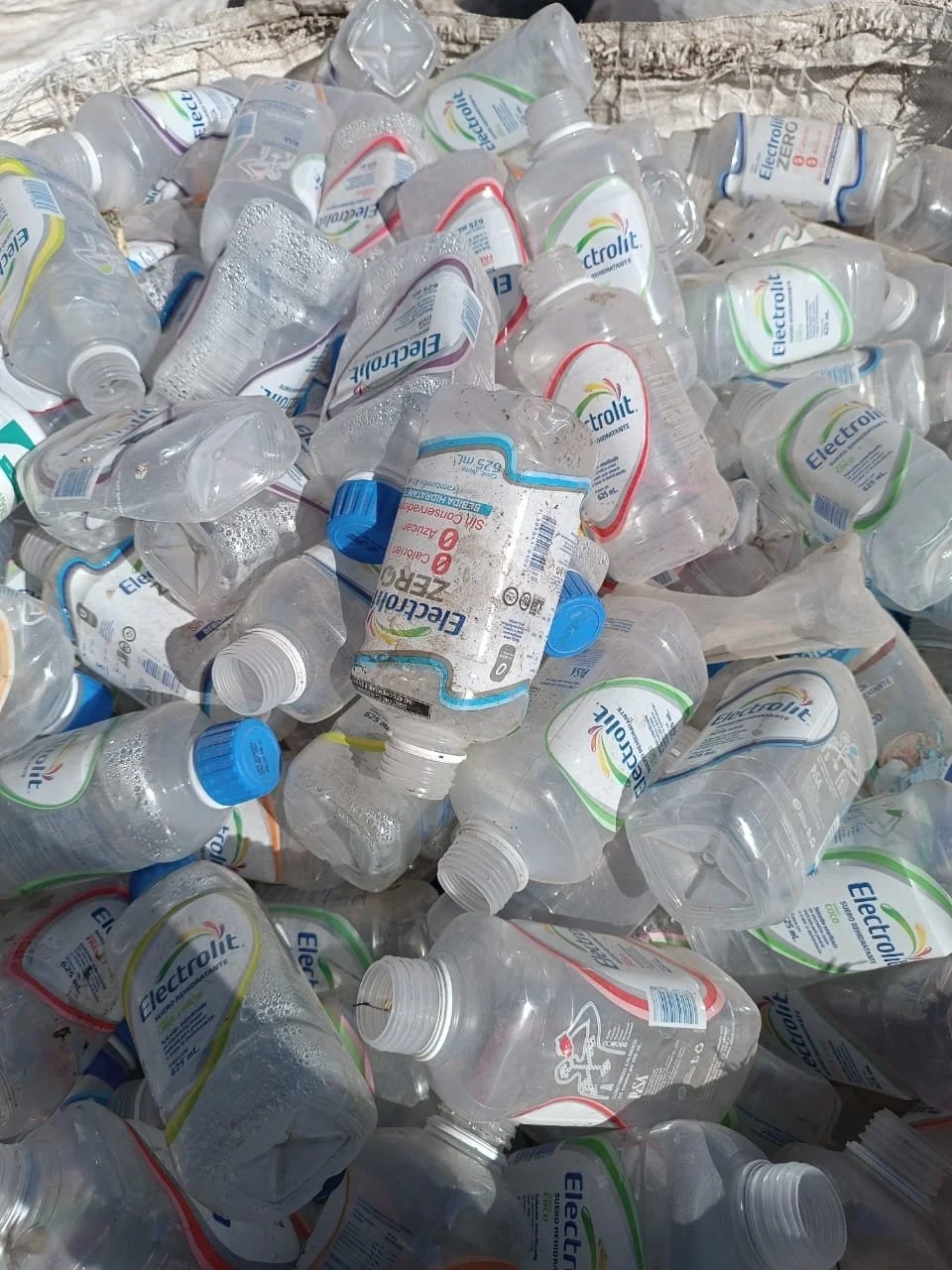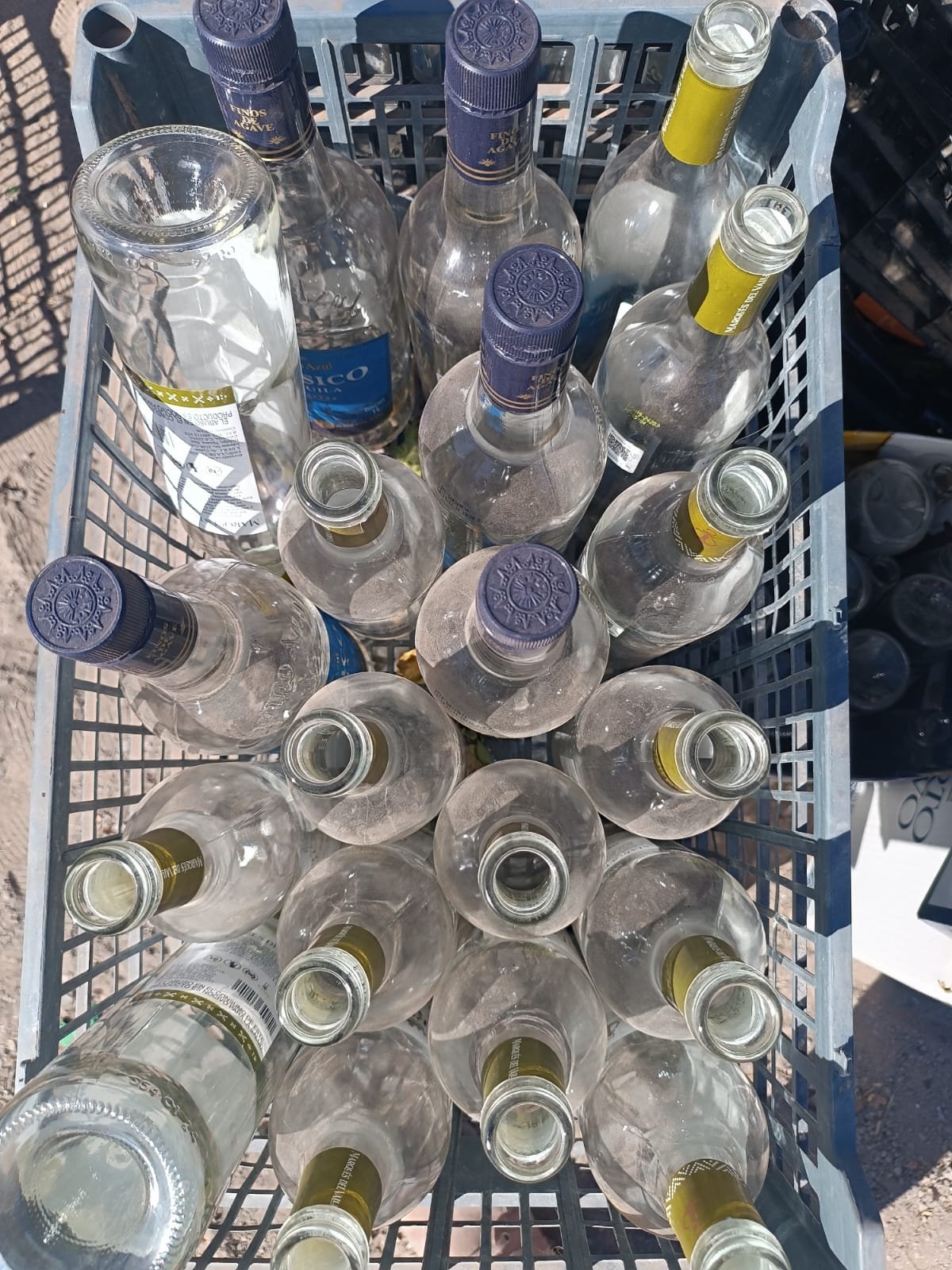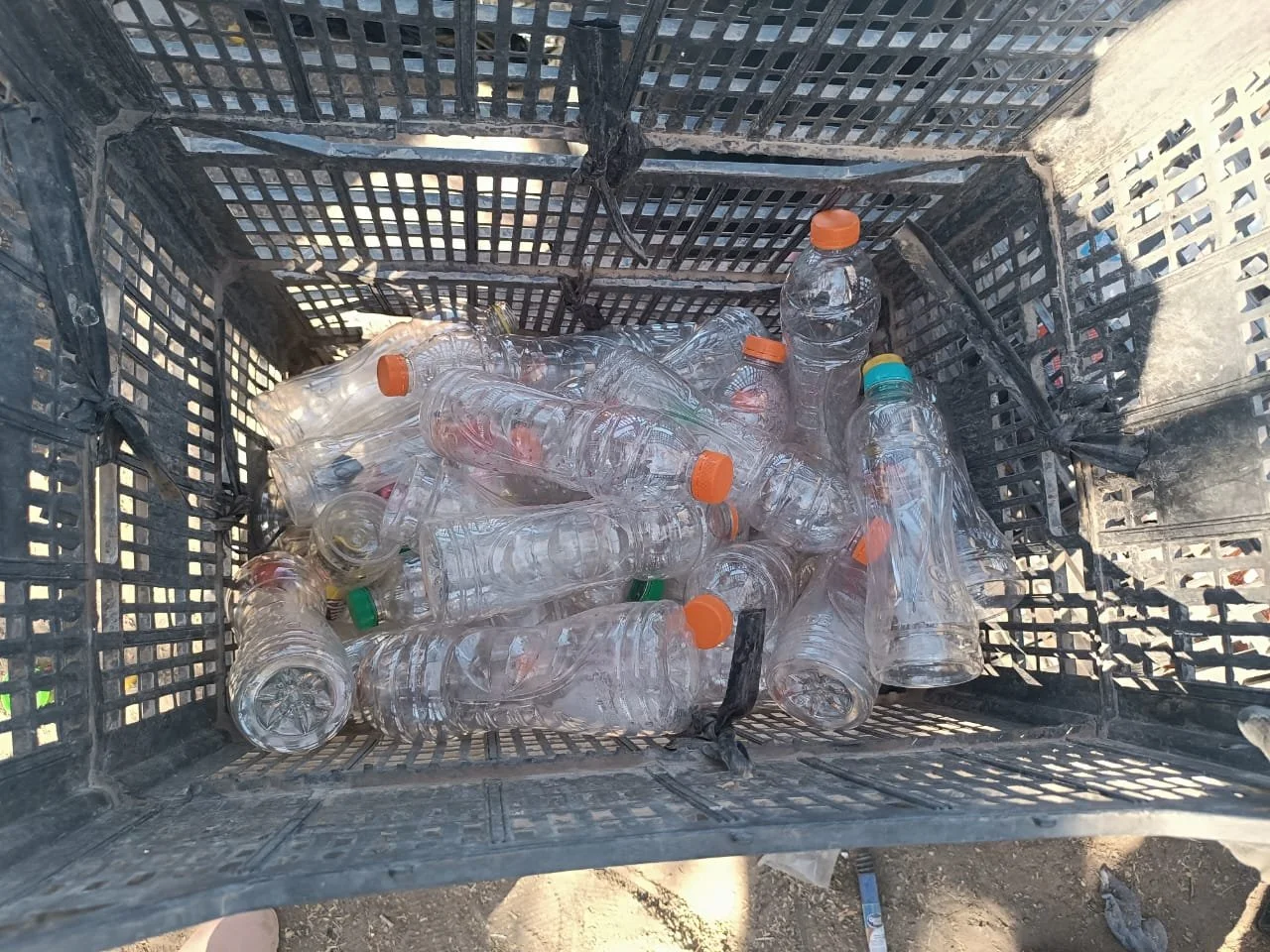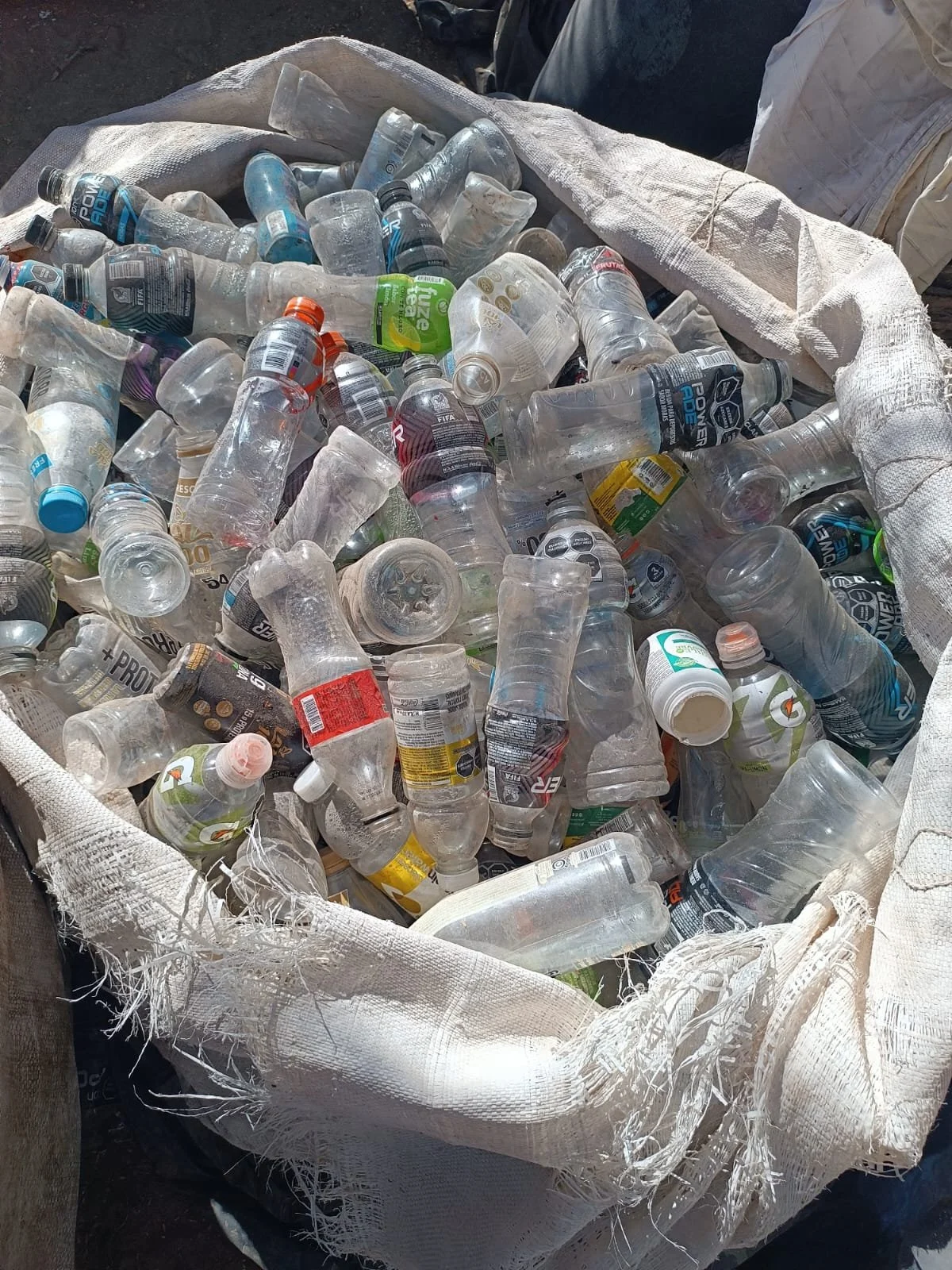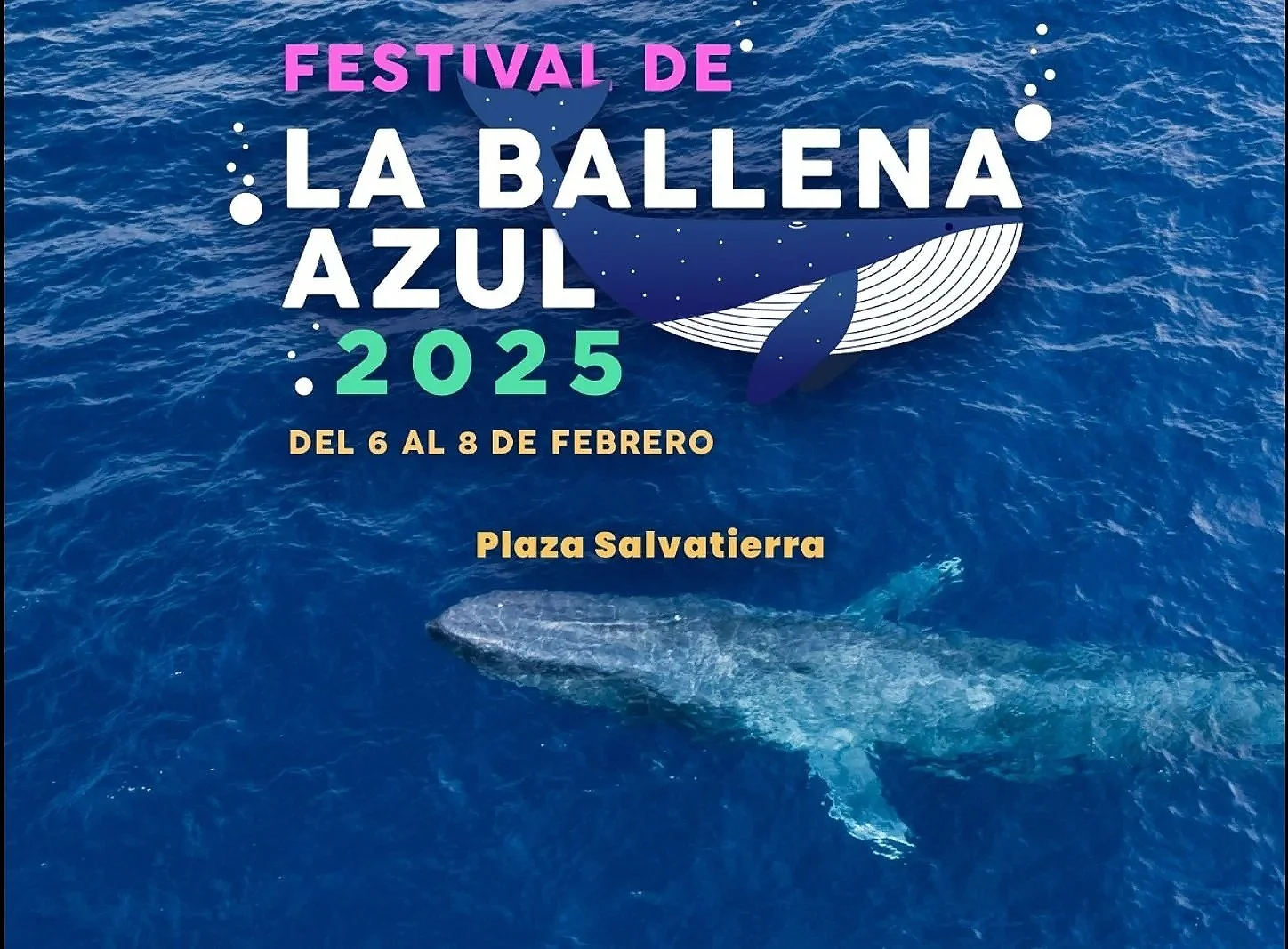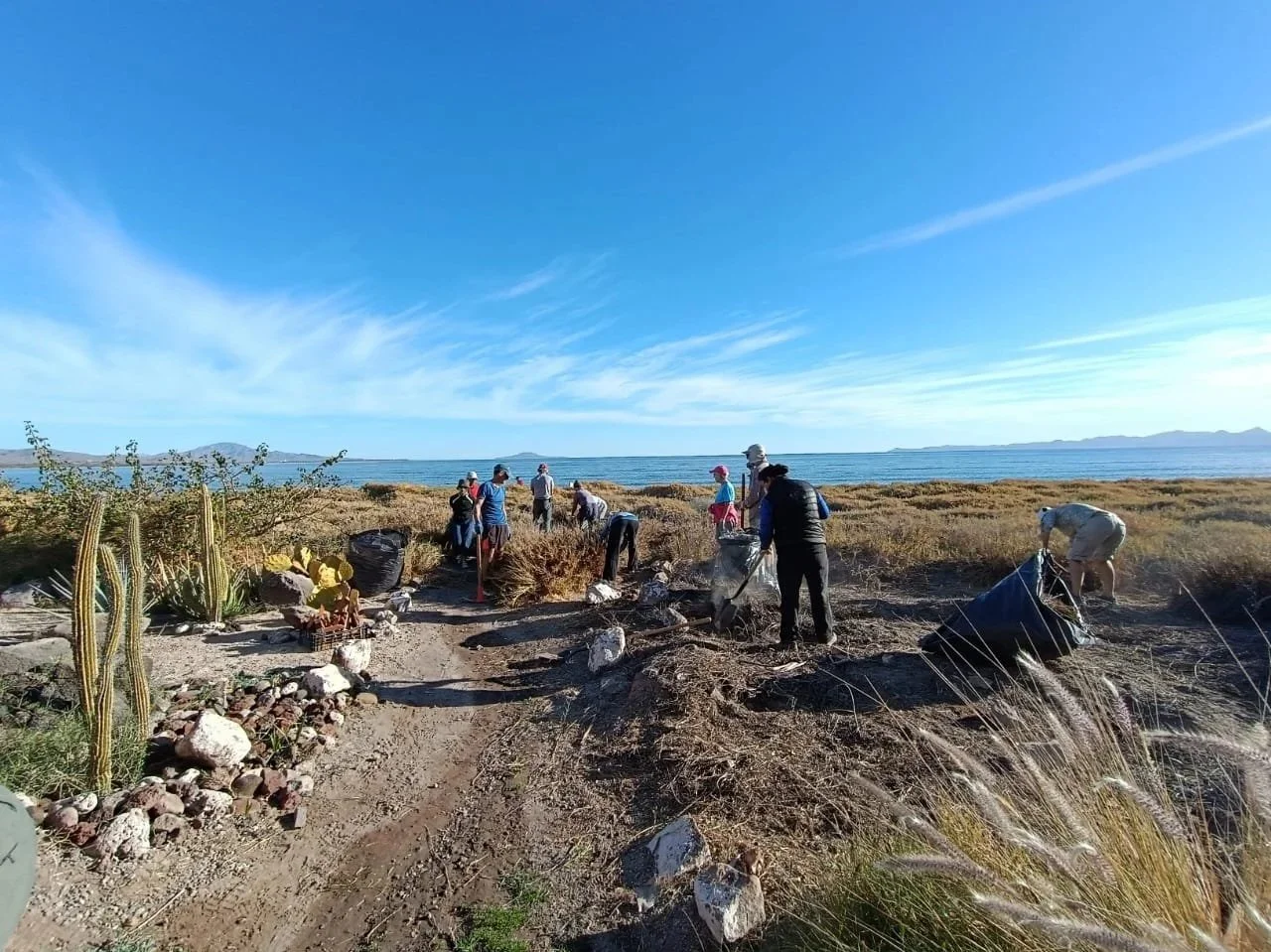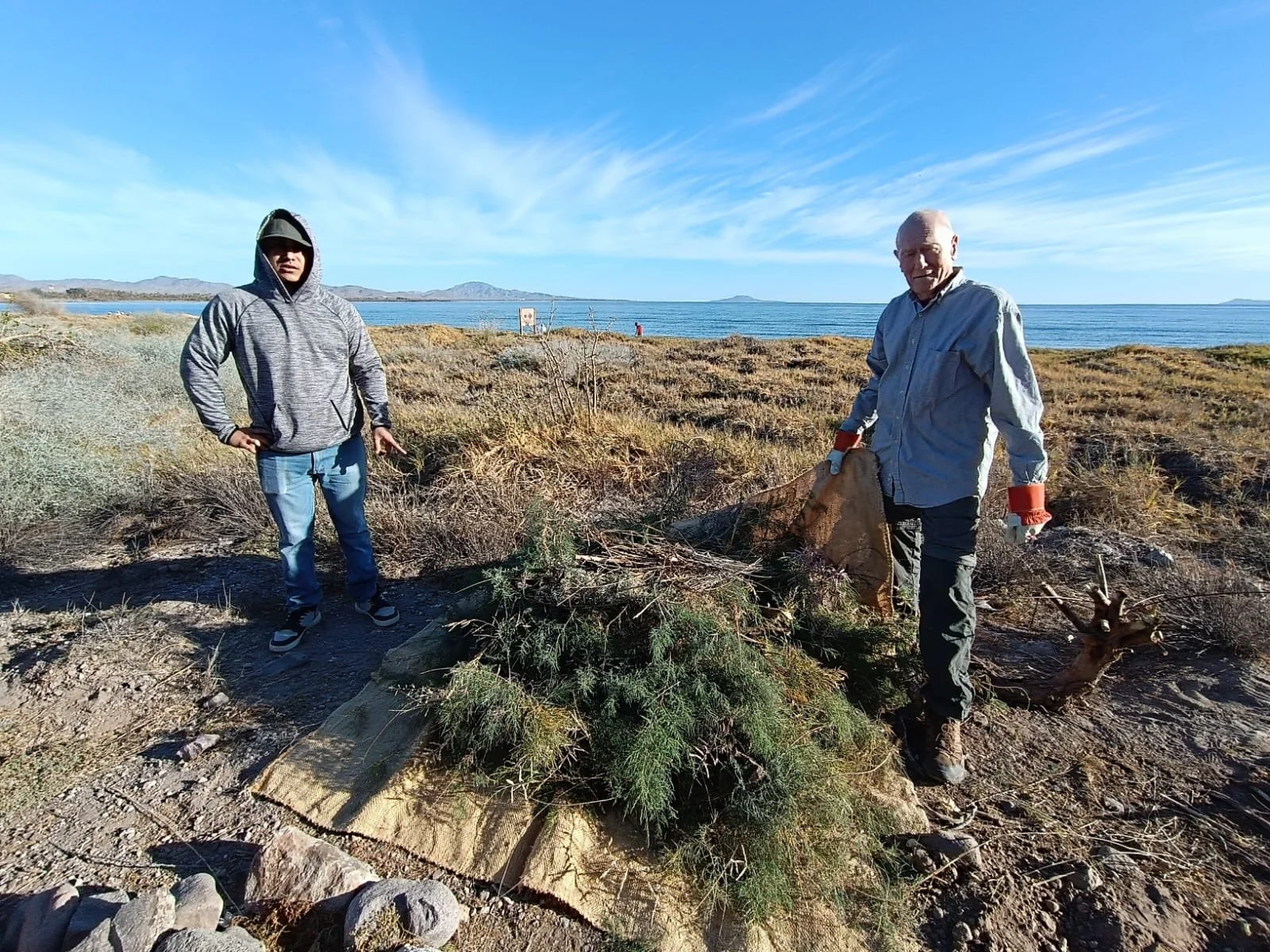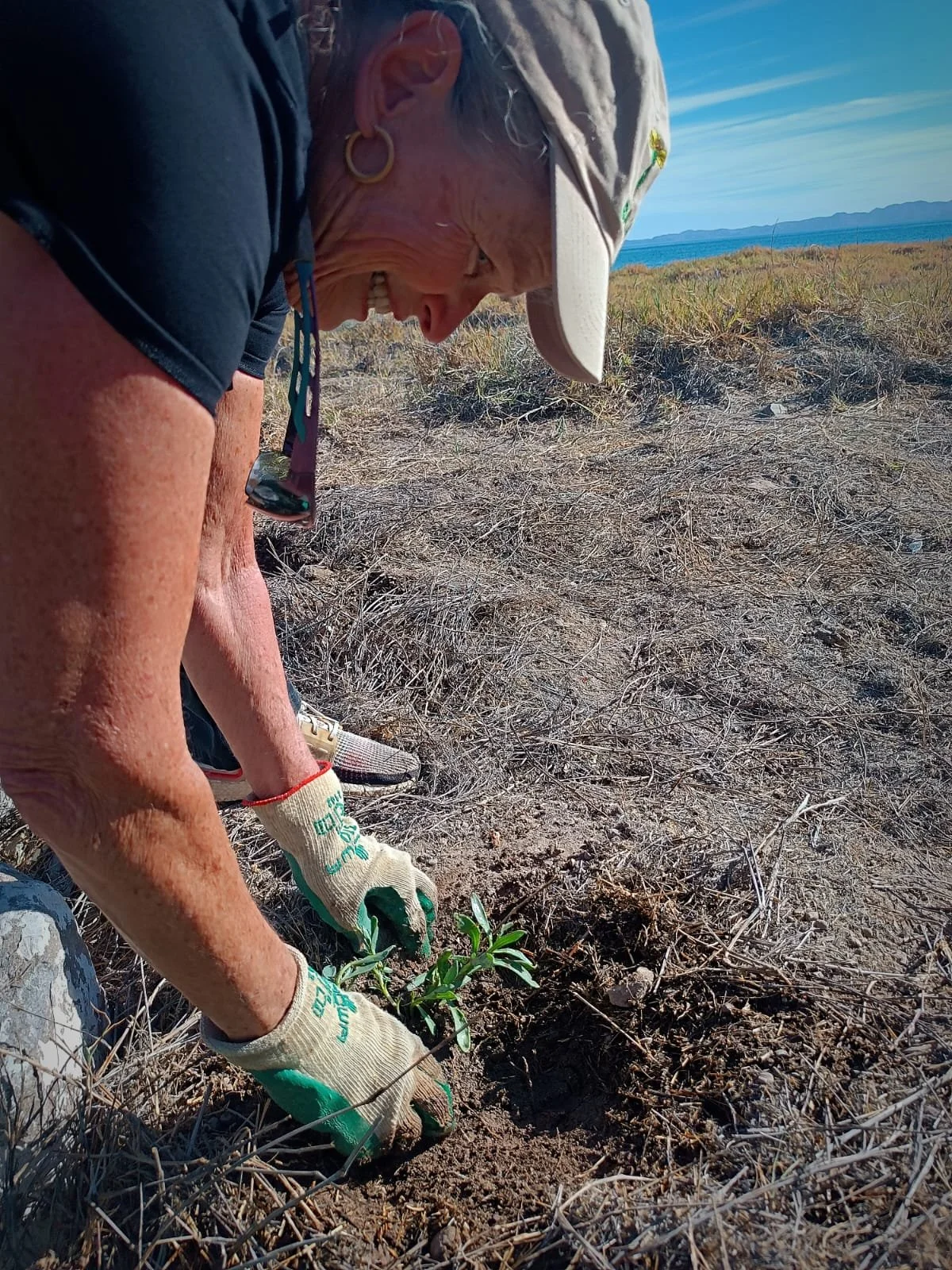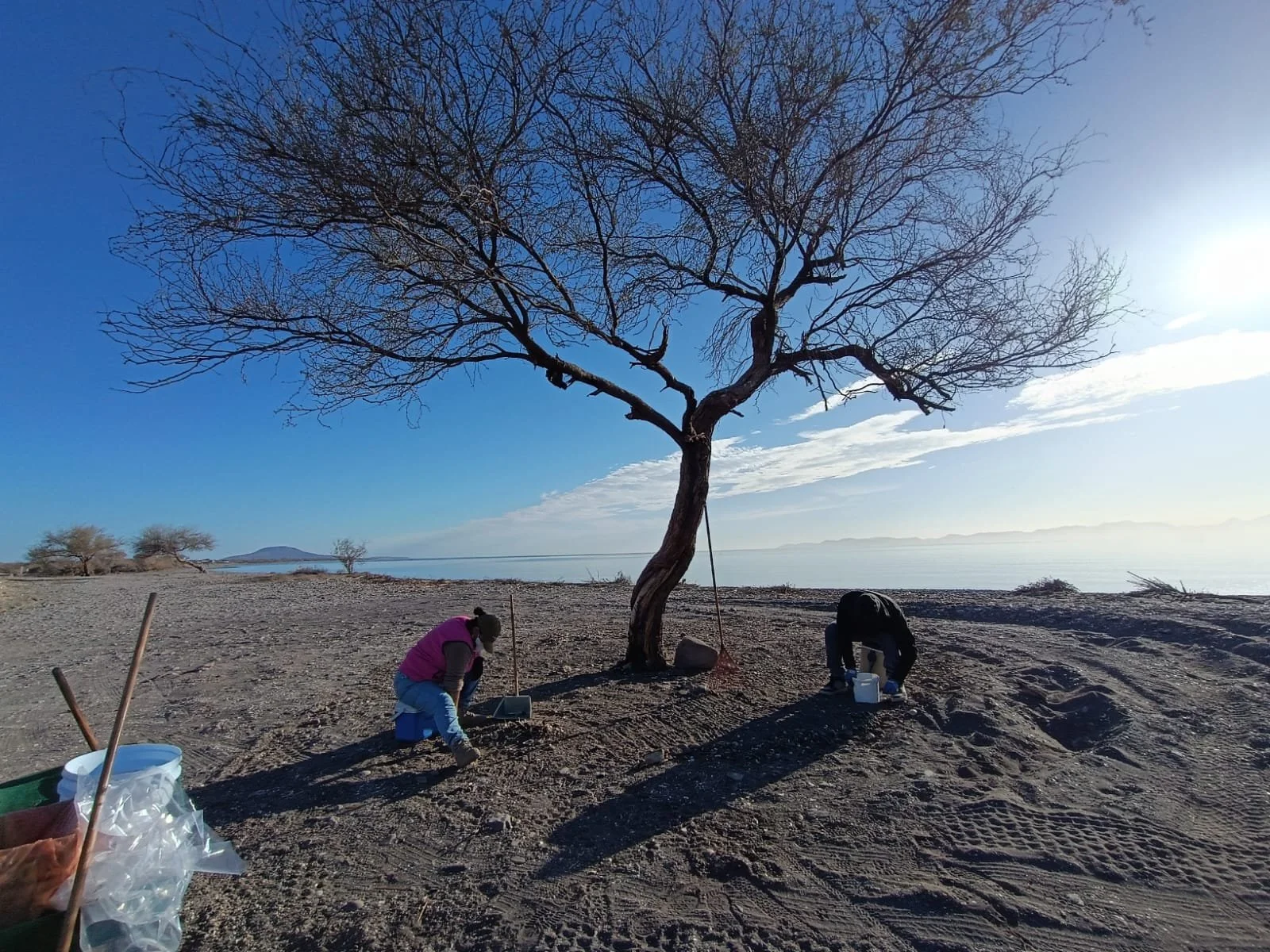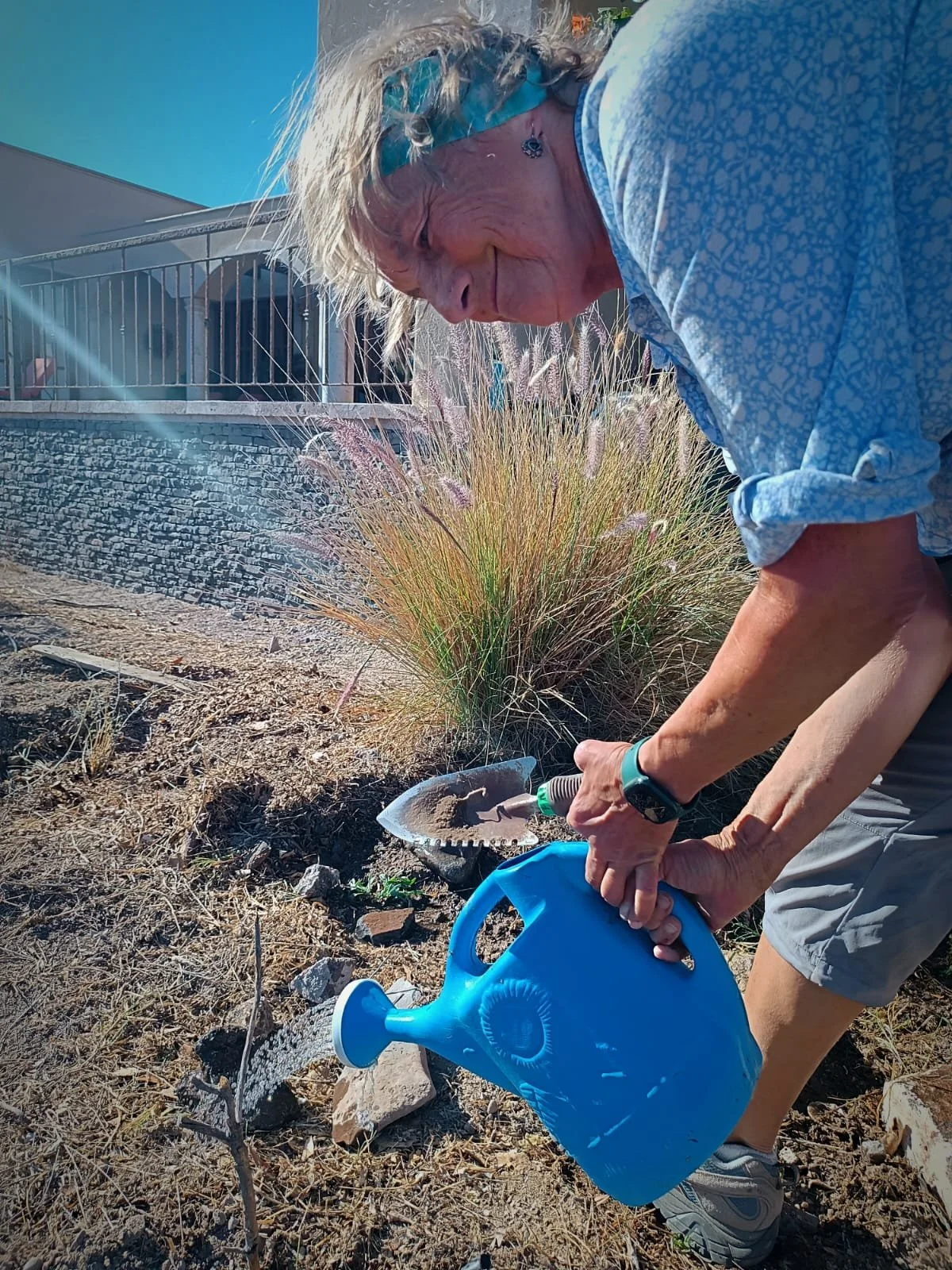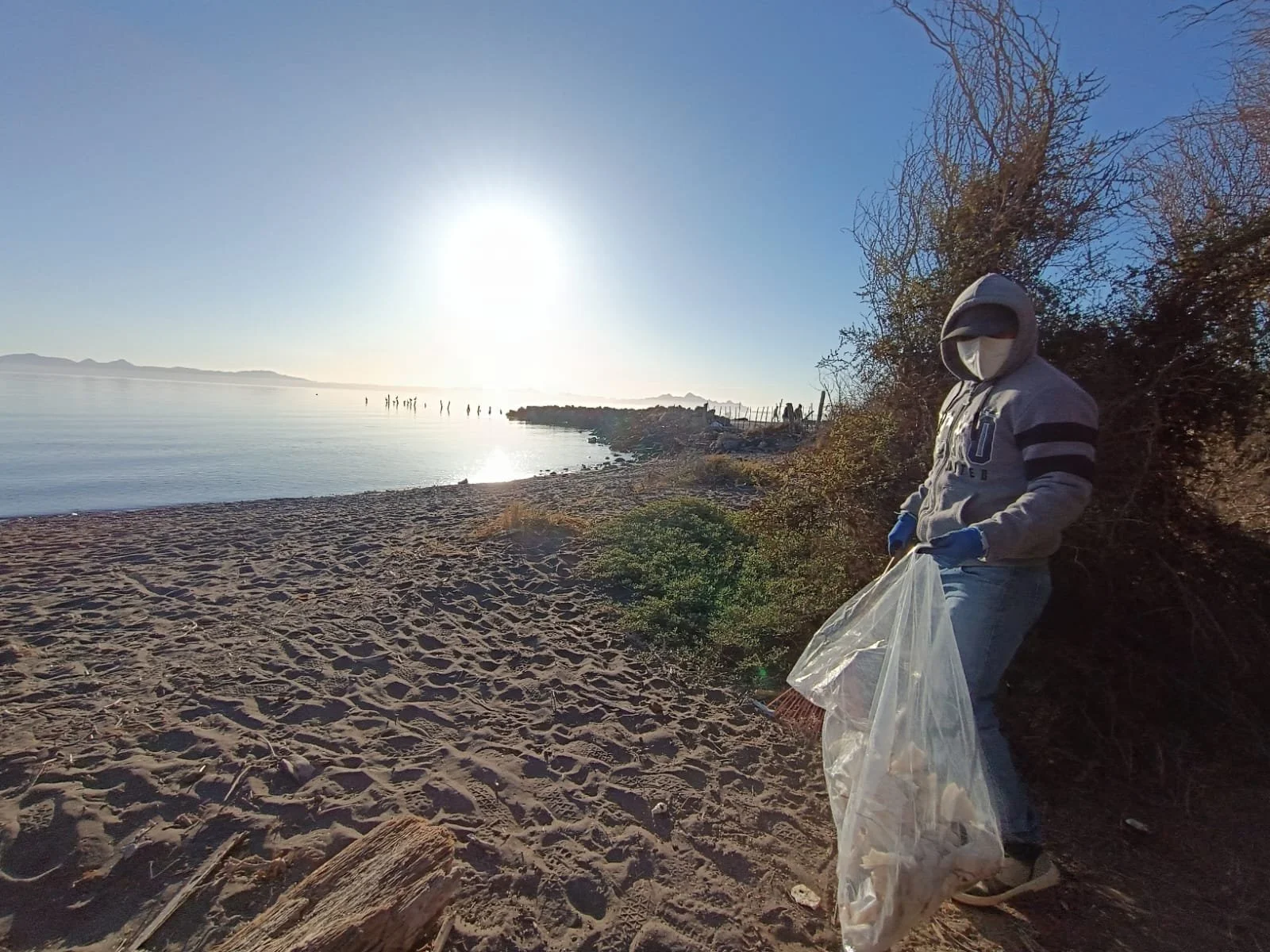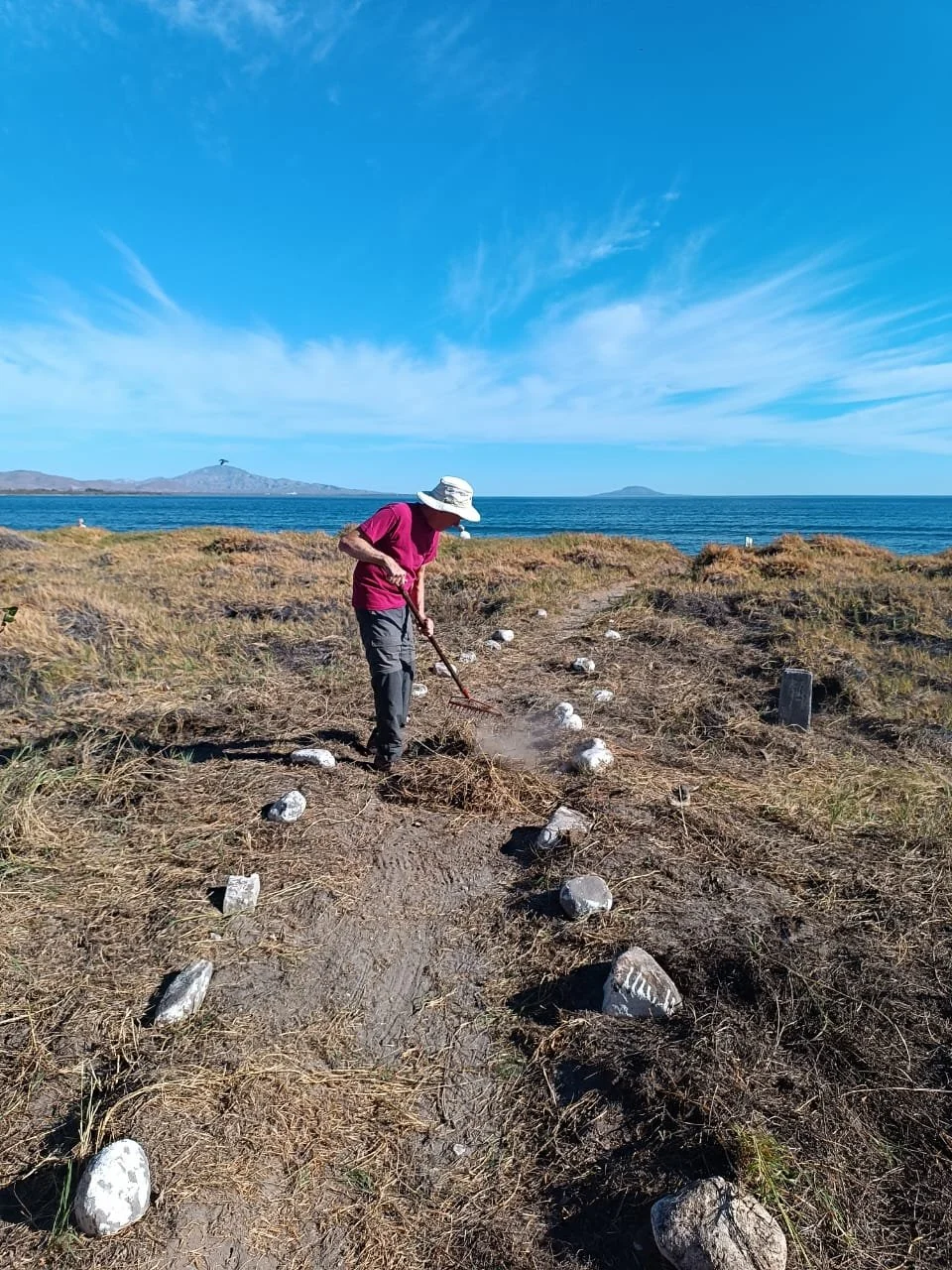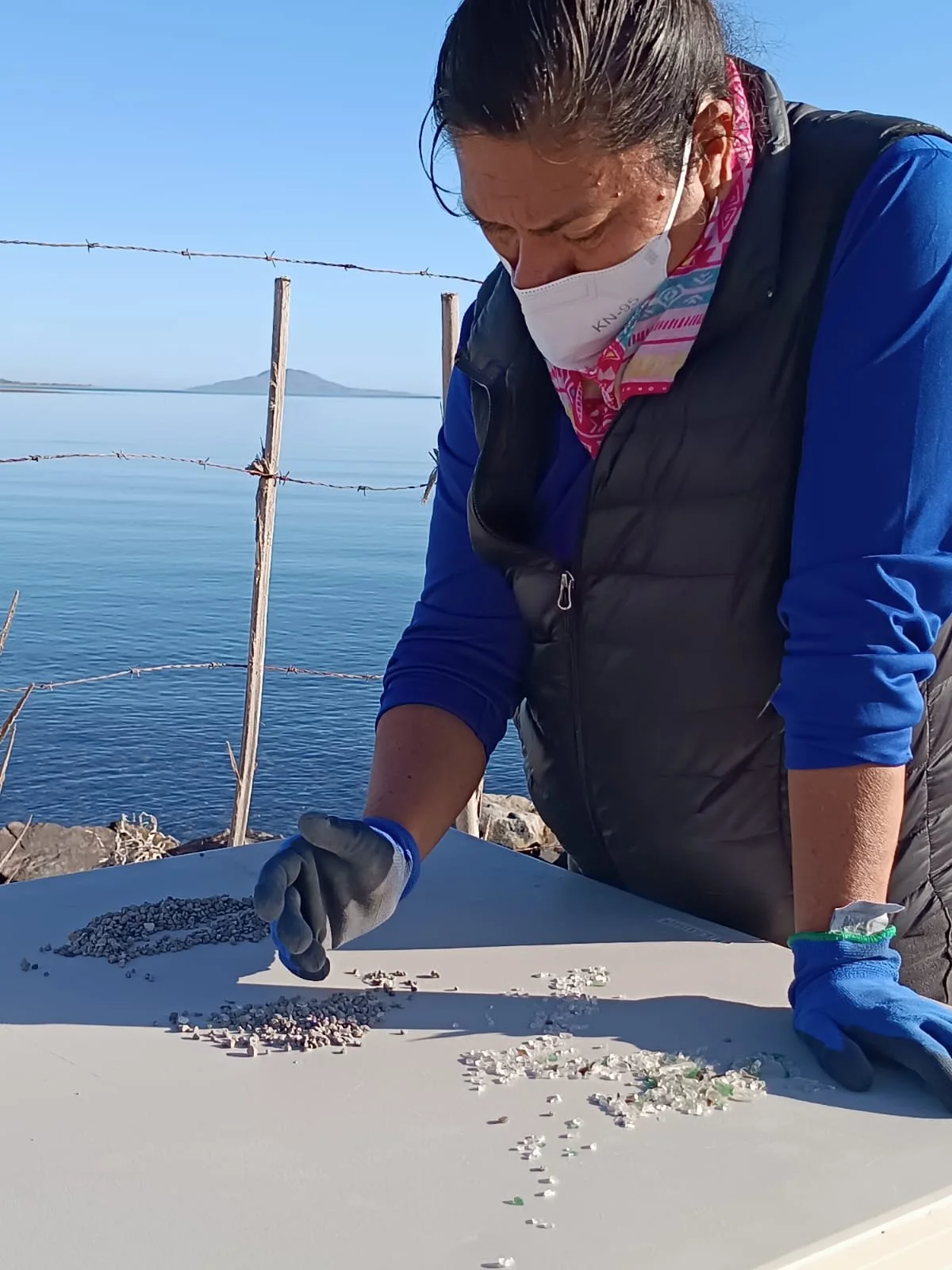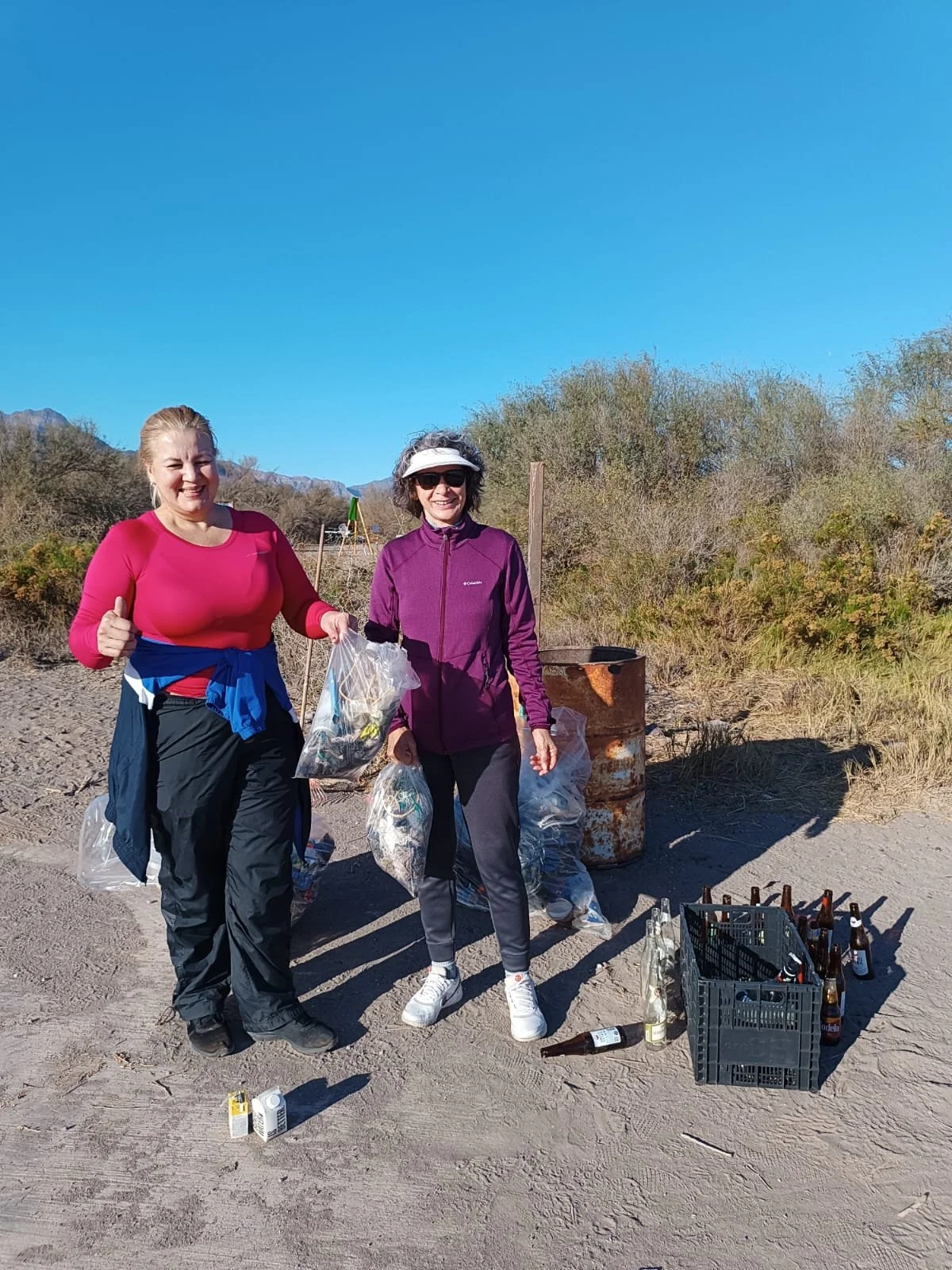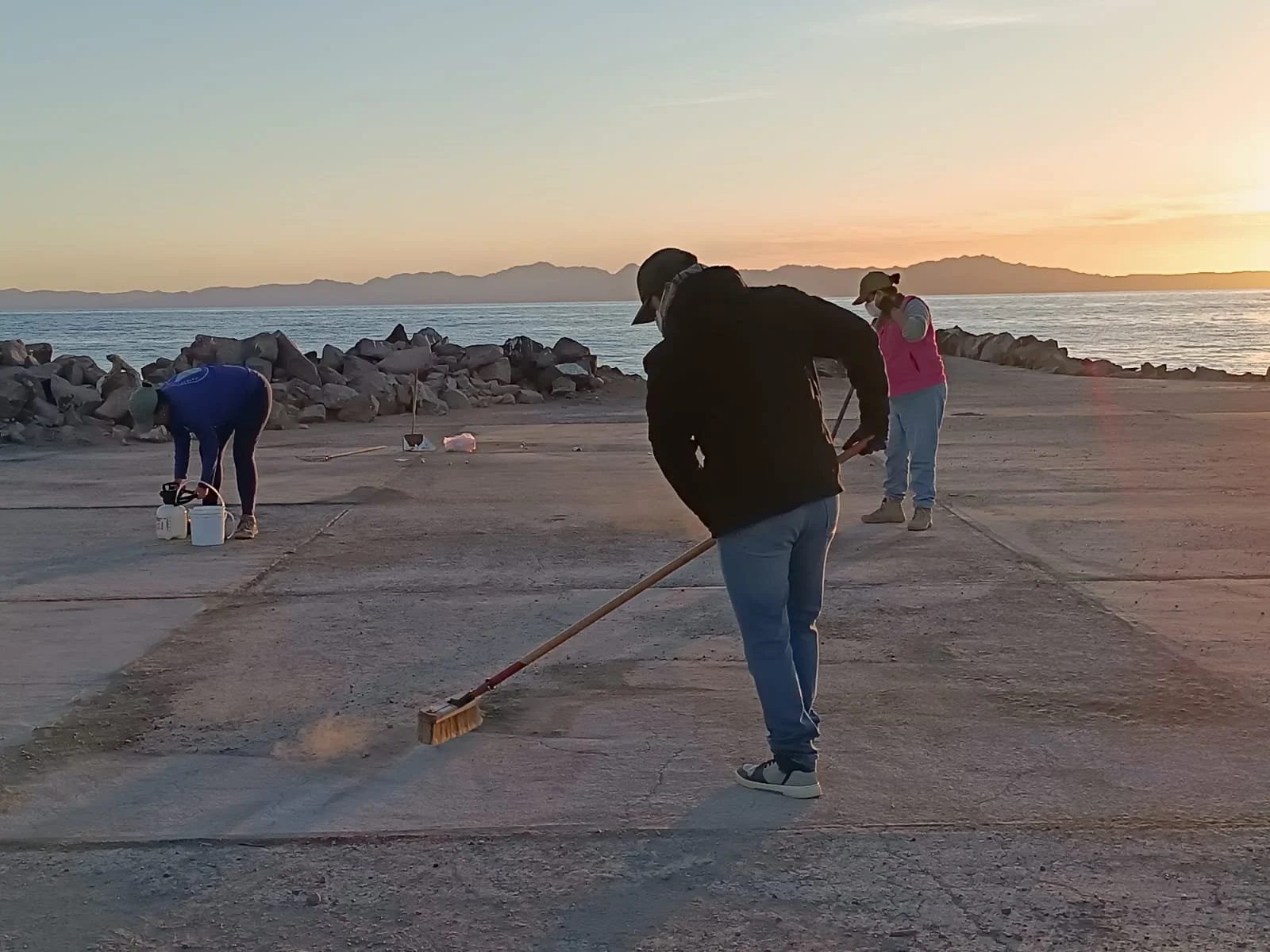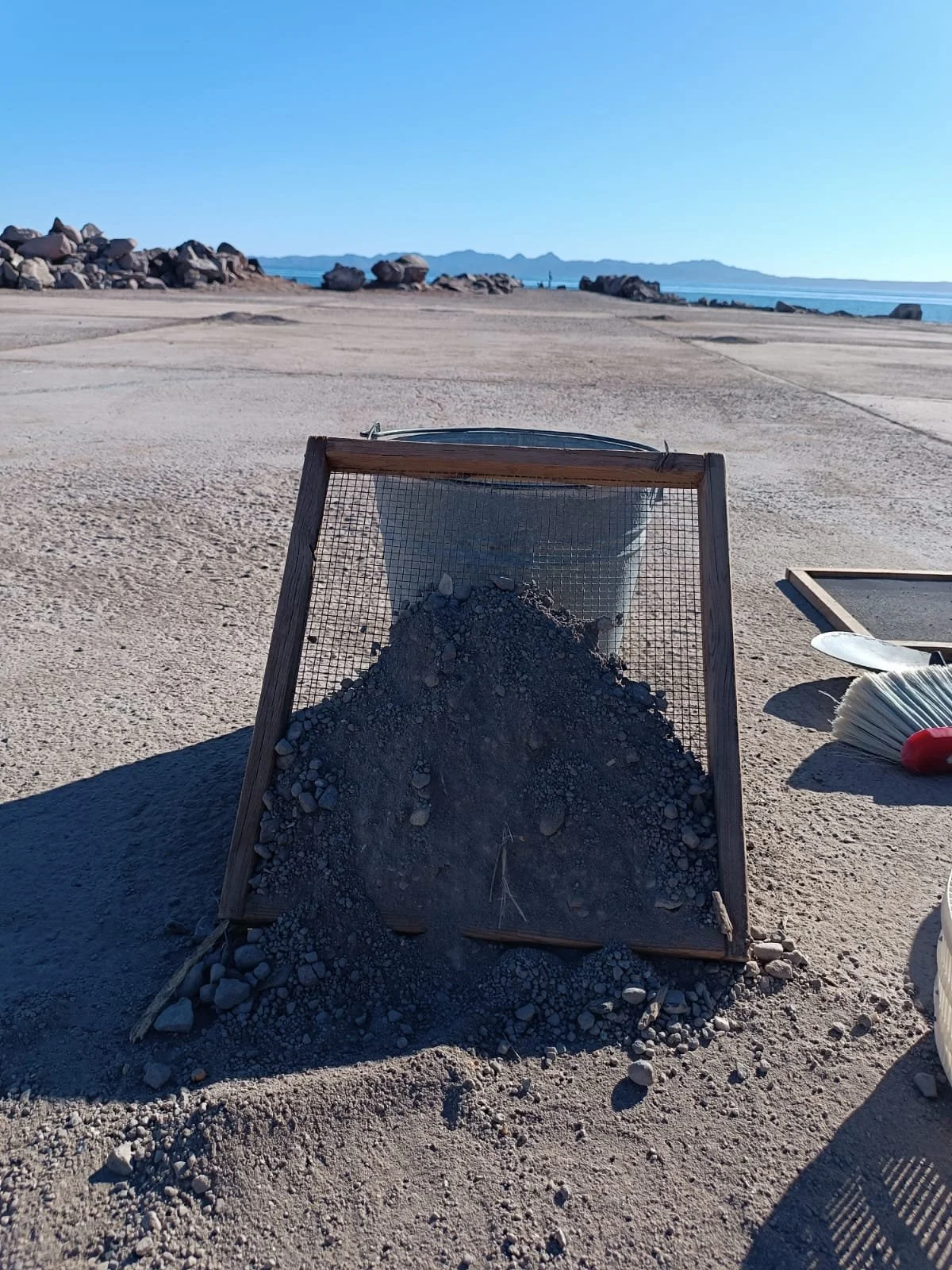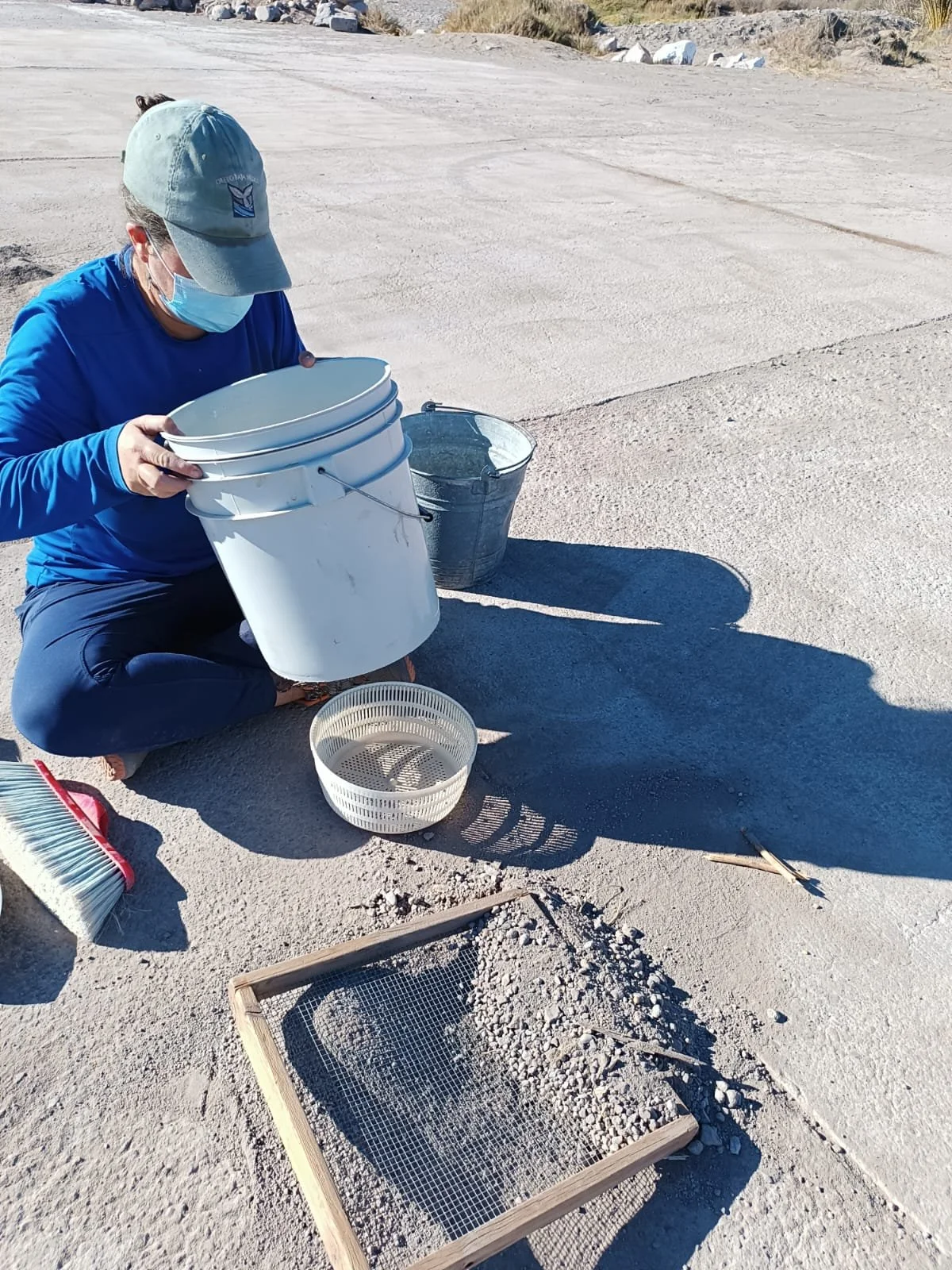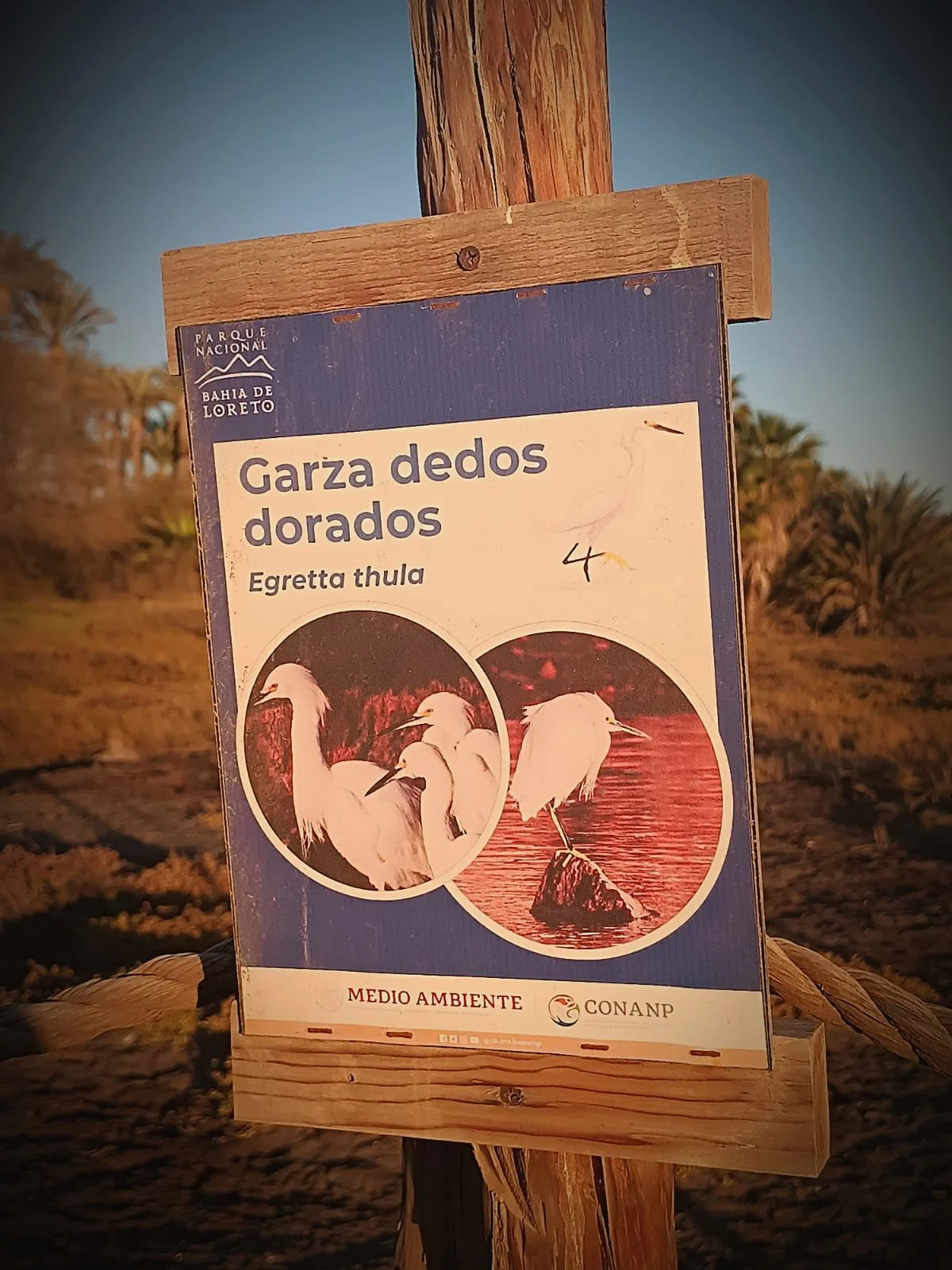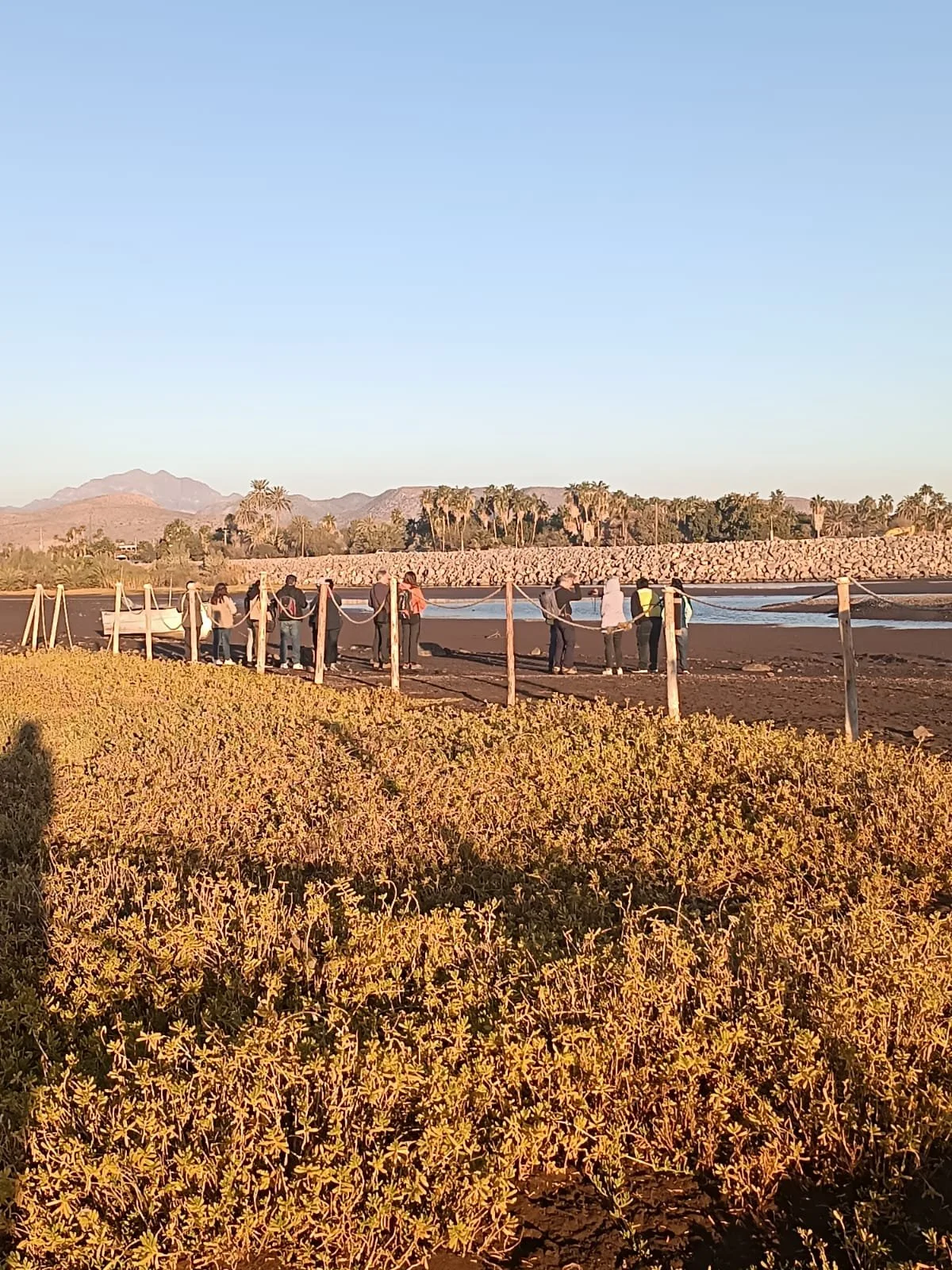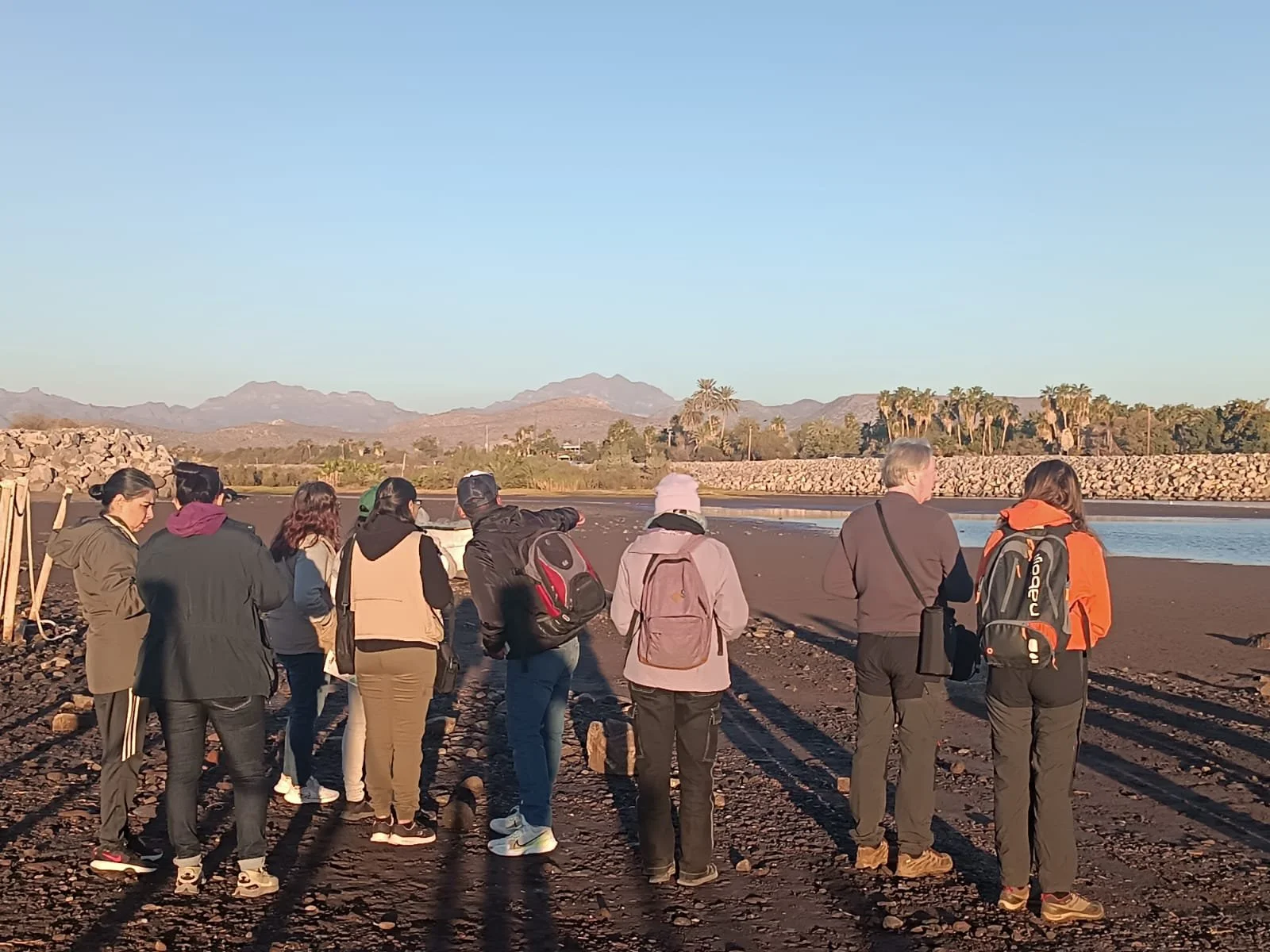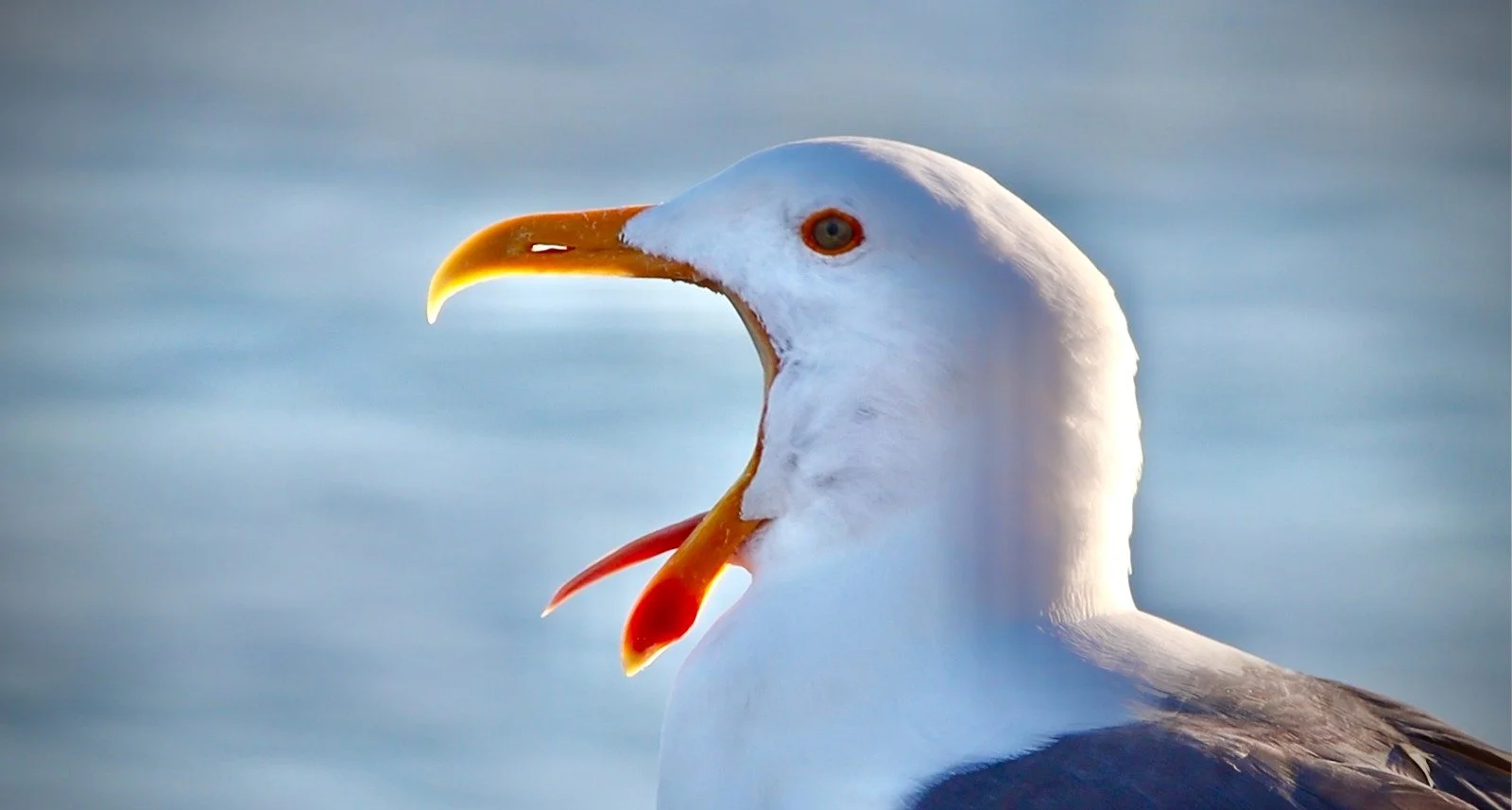JOIN AND LEARN !
Announcement of Keep Loreto Magical activities:
www.keeploretomagical.org, a program of The Ocean Foundation in Loreto for the last 10 years. Program activities are advocated, lead and fundraised by neighbors and "vecinos"( neighbor in Spanish). So what can a group of volunteers do? A lot, come learn, and ask questions.
Dec 5th 3pm to 5pm Loreto time.
Environmental Update in Loreto by Cecilia Fischer:
By Zoom: https://us06web.zoom.us/j/83150334675?pwd=i8X42eL68ncKOBPJEcZUxZAgqFWa5m.1
Meeting ID: 831 5033 4675
Passcode: 717806
Updates on topics:
Water and changes to Density and land use zoning in Loreto
Sewage treatment plant rehabilitation
Recycling + Toxic Residue + Improvements at Dump + Air monitors data after 1 year
Coastal restoration + planted coral after 1 year + collaboration with Parks system National Commission Protected Areas.
Why the above points + by whom + how we spend funds we fundraise
Dec 6th- Dune restoration in Nopolo - want to be part of it? Please connect with Lorene Archdekin at lwarchdekin@gmail.com. Its fun to do gardening for the environment and there is great food afterwards by Erik. Have you ever tasted tiny cured agaves? Time to start! They delicious and edible.
Dec 7th - Hike to Nopolo Park - north western perimeter. Great views, easy flat hike and visit to Rancho San Fellipe. Departure: 8am from south exit/entrance of Nopolo by highway. Back 12noon. No charge. Free hike, you can car-pool
Dec 9th - Hike to Loreto II park: new location you have been asking about. Departure 8am from south exit/entrance of Nopolo by highway back 1pm. No charge. Free hike, you can car-pool
Dec 10th - Help us recycle and in return you get delicious food by Erik and a San Javier made mango mermalade. Where: Meet at the Big Mart on the highway at 8am, then we drive to EnviroClean Recycling Loreto. Think about 2hr work and 1 hr enjoyment. Return by 11am.
Dec 11th - Coastal Restoration: We need to take out buffell grass close to La Negrita estuary in down town (buffel grass is outside of the estuary) so it does not migrate inside estuary area. Where: Meet at Auto zone by the highway entrance to Loreto at 9am, back 11am. Gift to you for supporting this activity is San Javier cured olives.
Dec 12th: - Help out on day of harvest at San Javier. Meet at 6am at Big Mart by highway to go to San Javier and witness the actual organic crops and help out preparing boxes of harvest. In return you will be gifted with cured olives from San Javier + home made vaquero coffee / with home made bread with butter and/or fruit. Return is between 9am and 10am.
Have questions? Call: at 613 100 4271 or email: ceci.fischer2023@gmail.com

